

Journeys to Australia
Immigration is a vital feature of Australia’s history and national identity. Explore the journey through immigrants’ stories; discover the changing routes and travelling conditions, and find out what departure and arrival meant for those seeking a home in this distant land.
View this resource
You may also like

The Migration Amendment (Removal and Other Measures) Bill 2024: An Explainer
The Migration Amendment (Removal and Other Measures) Bill 2024 was introduced in Federal Parliament in March. It passed the House of Representatives but has not yet been voted on in the Senate. This vote will take place...

Guide for Advocates Writing Letters to Senators Regarding the Migration Amendment (Removal and Other Measures) Bill 2024
When writing to your senators to express your concerns about the Migration Amendment (Removal and Other Measures) Bill 2024, consider the following dot points as a guide for structuring your letter: Introduction:...

RCOA to co-host global meeting on refugee settlement
Over 120 representatives from governments, NGOs, the UN and refugee-led organisations will be in Sydney this month for the global Working Group on Resettlement. The four-day event starts with 12 site visits over two...
Be a champion for refugee rights
- Search here
Recent Posts

Natalie’s story

Seeking refuge

Reading Australia

Migration and refugees: Lesson plans

Suite 4A6, 410 Elizabeth Street Surry Hills 2010 NSW Australia Phone: +61 (02) 9211 9333 Fax: +61 (02) 9211 9288
- Privacy policy
- Refugee Foundation
- Refugee Week
- Refugee Alternatives
We acknowledge the traditional owners of the land we work on - the Gadigal people of the Eora nation, and the Wurrundjeri people of the Kulin nation. We pay respects to elders past and present, and acknowledge sovereignty was never ceded. We also acknowledge the unique role Aboriginal & Torres Strait Islander people have in welcoming refugees and people seeking asylum to this land.
- Refugees in the world
- Offshore processing
- Resettled refugees
- Settling in Australia
- Education & employment
- Reports & other publications
- Help refugee families reunite
- Raise YOUR voice to secure safety for 32,000 refugees
- Operation #NotForgotten
- Join the refugee self-Representation list
- Refugees & people seeking asylum
- Local government
- Interagency networks
- Face-to-Face: Schools & community program
- Refugee Education Special Interest Group
- Researchers
- Media centre
- Media releases
- Submissions
- Bright ideas
- Service directories
- Legal or migration advice
- Information and fact sheets
- Donating goods
- Films, books & more
[dummy text] We need you to sign up to …
The election scorecard should have downloaded (even if you do not sign up).
- Skip to content
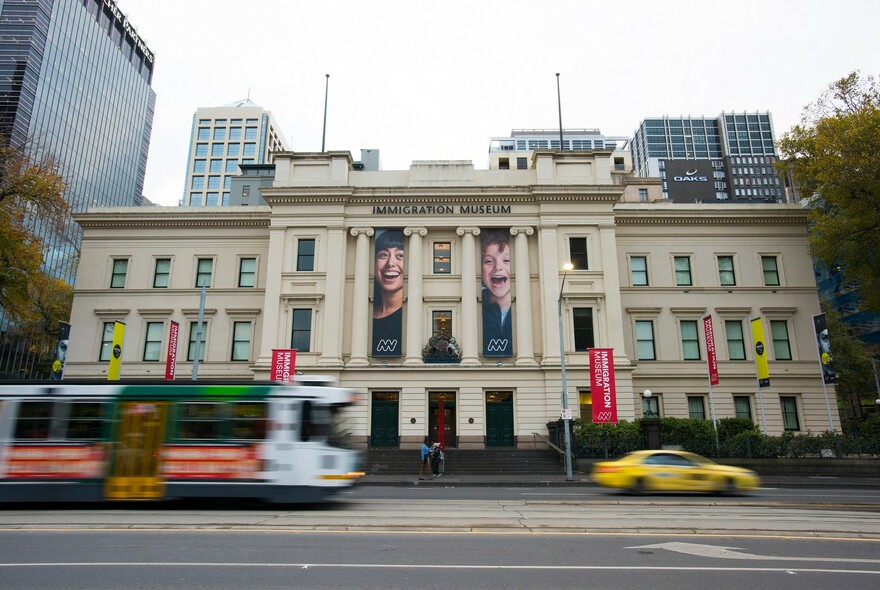.jpg)
Immigration Museum
- Heritage listed
Opened in 1998, the Immigration Museum is filled with the real stories of people who have journeyed from all over the world to make Australia their home.
Over two floors of exhibition galleries, the museum explores why people have migrated to Melbourne, how they got here, what they found, and the mark they made on the city.
The museum also explores the concept of identity and what it means to belong and not belong in Australia.
The museum is housed in the grand Customs House building, which originally looked out onto ships tied up at the adjacent Queen's Wharf. The impressive former Long Room is now the museum's central space, featuring giant Ionic colonnades.
The Immigration Museum is open daily except Good Friday and Christmas Day.
Covid-19 safety notice: Tickets must now be booked online ahead of your visit, including Members.
Immigration Museum 400 Flinders St Melbourne 3000
Contact details
- telephone number: 13 11 02
- email address: [email protected]
- Book online for Immigration Museum
- Visit website for Immigration Museum
Only In The City
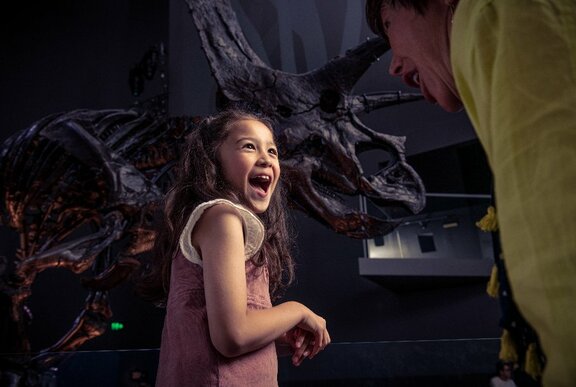
Melbourne Museum
Explore history, culture, science, and nature at this popular Melbourne attraction.
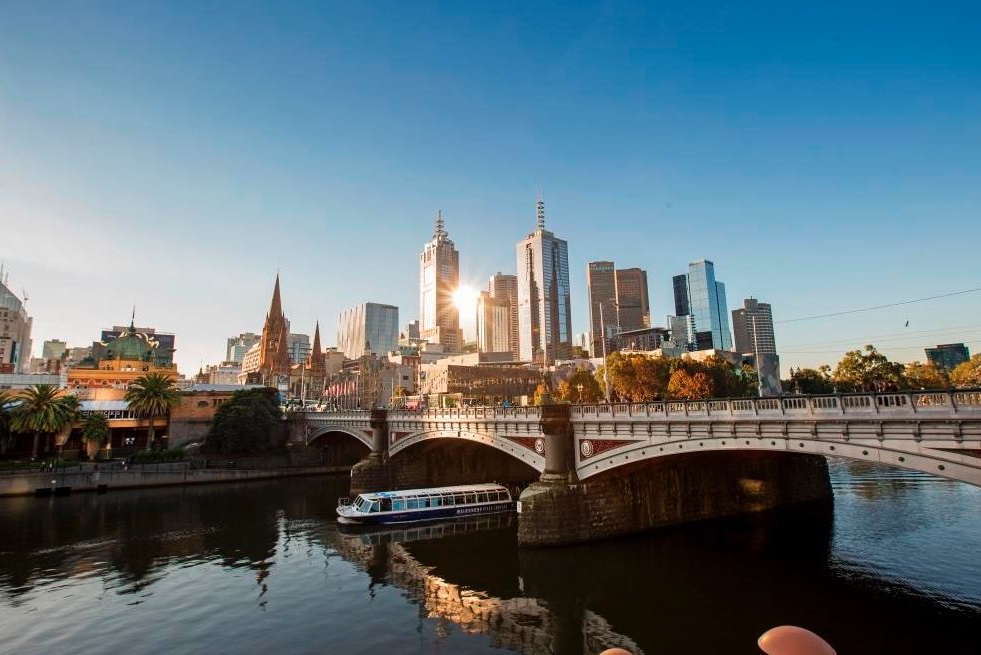
Melbourne’s most Instagrammable experiences
You won't need filters at the city's most photogenic spots.
- Entertainment
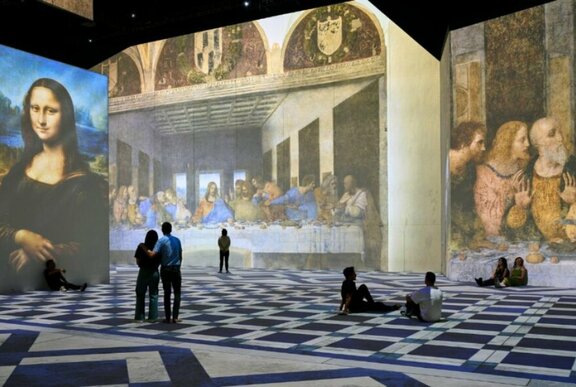
THE LUME Melbourne
Experience art, dining, wellness and more like never before across 3,000sqm of immersive space.
Sign up to What's On weekly
Welcome! Thanks for signing up!
Discover more
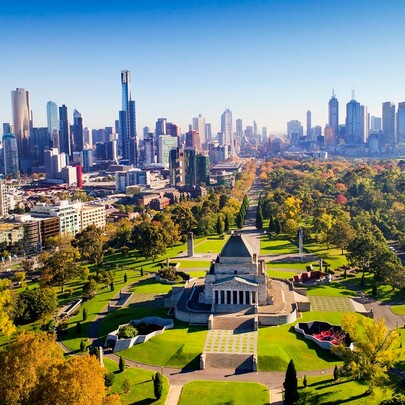
Shrine of Remembrance
The national war memorial of Victoria, honouring all Australians who have served their country.
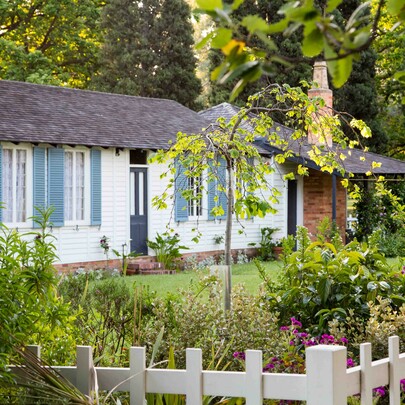
La Trobe's Cottage
Original home of Victoria's first governor Charles Joseph La Trobe from 1839 to 1854.
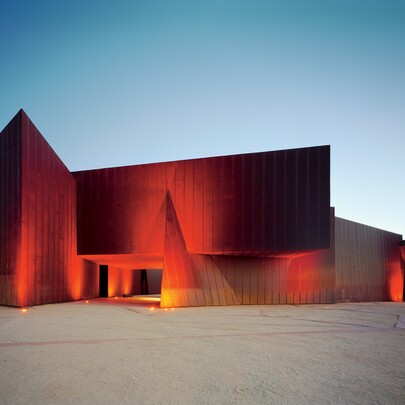
Australian Centre for Contemporary Art (ACCA)
An art gallery presenting challenging and innovative contemporary work.
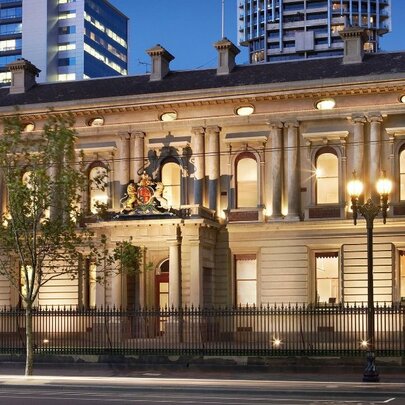
Hellenic Museum
Discover Greek art, history and culture, both ancient and contemporary.
- A Brief Guide To Australias...
A Brief Guide To Australia's Immigration Museum

Established in 1998, the Immigration Museum showcases Australia’s 200-year-old story of immigration and poses the questions: ‘Why do people leave their countries of birth to live here? What is their experience in their new country? And how do communities adapt to new arrivals?’ In Victoria, 200 different countries and cultures are represented, 260 languages and dialects are spoken, and 135 religious faiths are followed. This diversity has contributed to Victoria’s multicultural identity.
The Immigration Museum is housed within Victoria’s Old Customs House on Flinders Street, which was ironically designed by Scottish immigrant Peter Kerr. Construction began in 1855, and after economic tumbles, the building was finally completed in 1876, becoming a fine example of Renaissance Revival architecture. The story of the Old Customs House can be traced in the permanent exhibition Customs Gallery .
Journeys of a Lifetime
Set within the opulent Long Room, which features giant colonnades modelled after the Erechtheion temple in Athens, high ceilings and hand-laid tessellated tiles, Journeys of a Lifetime is one of the museum’s permanent exhibitions. The room features a 17-metre replica ship which provides visitors with an insight into the living conditions at sea faced by the many immigrants who travelled to Australia by ships between the 1840s and 1950s.
Discover your family’s history and conduct genealogical research at the Immigration Museum’s Discovery Centre , located within the restored 19th-century vaults of Customs House. Browse the reference library and explore the online resources. Staff members are also on hand to assist with research.

Leaving Home
The permanent exhibition Leaving Home explores the many reasons why people have migrated to Australia, whether escaping a war-torn homeland, religious persecution, political repression, or in search of adventure and opportunity. Through audio clips, film and keepsakes, Leaving Home presents the stories of immigrants and the objects they brought with them.
Immigrant Stories and Timeline
Victoria’s history is not complete without the stories of immigrants, and in the Immigrant Stories and Timeline exhibit, visitors can learn about individuals from a diverse range of backgrounds and time periods, each with their own story to tell, and with stories changing annually, there is always a new tale to discover. Currently showing are the stories of an English ornithologist, Italian textile maker, German pastry chef, Lebanese taxi drivers and a refugee from the Democratic Republic of Congo .
Not every immigrant with dreams of moving to the lucky country is fortunate enough to get in. Through photographs, historical objects, and personal stories, Getting In explores the ways in which Australia’s immigration policies have changed.
Tribute Garden
Designed by Melbourne -based artist Evangelos Sakaris, this free, public artwork is a tribute to the 7,000 people who have migrated to Victoria, with names of people from more than 90 countries inscribed on the wall. Names date from the 1800s to the present day.
Since you are here, we would like to share our vision for the future of travel - and the direction Culture Trip is moving in.
Culture Trip launched in 2011 with a simple yet passionate mission: to inspire people to go beyond their boundaries and experience what makes a place, its people and its culture special and meaningful — and this is still in our DNA today. We are proud that, for more than a decade, millions like you have trusted our award-winning recommendations by people who deeply understand what makes certain places and communities so special.
Increasingly we believe the world needs more meaningful, real-life connections between curious travellers keen to explore the world in a more responsible way. That is why we have intensively curated a collection of premium small-group trips as an invitation to meet and connect with new, like-minded people for once-in-a-lifetime experiences in three categories: Culture Trips, Rail Trips and Private Trips. Our Trips are suitable for both solo travelers, couples and friends who want to explore the world together.
Culture Trips are deeply immersive 5 to 16 days itineraries, that combine authentic local experiences, exciting activities and 4-5* accommodation to look forward to at the end of each day. Our Rail Trips are our most planet-friendly itineraries that invite you to take the scenic route, relax whilst getting under the skin of a destination. Our Private Trips are fully tailored itineraries, curated by our Travel Experts specifically for you, your friends or your family.
We know that many of you worry about the environmental impact of travel and are looking for ways of expanding horizons in ways that do minimal harm - and may even bring benefits. We are committed to go as far as possible in curating our trips with care for the planet. That is why all of our trips are flightless in destination, fully carbon offset - and we have ambitious plans to be net zero in the very near future.

Places to Stay
6 once-in-a-lifetime luxury lodges in australia.

The Best Motels to Book in Orange, New South Wales

Guides & Tips
How to make the most of your holiday time.

The Best Accommodations to Book in Margaret River, Western Australia

The Best Cheap Hotels to Book in Surfers Paradise, Queensland

The Best Holiday Homes and Vacation Rentals to Book in Australia

A Year Down Under: Why I'm Finally Heading to Australia

The Best Lodges to Book in Australia

The Best Beach Hotels to Book in Australia

The Best Holiday Cottages to Rent in Australia

The Best Family-Friendly Hotels to Book on the Gold Coast, Australia

The Best Resorts to Book in Australia
Culture trip spring sale, save up to $1,100 on our unique small-group trips limited spots..

- Post ID: 937394
- Sponsored? No
- View Payload
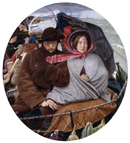
The story of Australia is the story of immigration. Museums in Melbourne and Adelaide and galleries elsewhere, like the Horizons gallery in the National Museum of Australia, have told two parts of the story: the convict period (1788-1868) and postwar European migration (1947-1975). The impact on Indigenous societies has been detailed in many venues and sources.
But strangely missing is often the most important formative period created through mass migration from the British Isles during the reign of Queen Victoria (1837-1901). Modern Australia was essentially a Victorian imperial creation. Those who created it came overwhelmingly from England, Ireland and Scotland and, to a lesser degree, from Wales and Cornwall. Certainly there were many others, especially Germans and Chinese, but their impact was limited, localised and, in the latter case, abruptly terminated.
This brilliant and evocative exhibition of contemporary artworks sticks tightly to its self-description. Although convict transportation lasted 30 years into Victoria's reign, this was mainly to Tasmania and Western Australia. By 1840 the south-eastern corner, then wholly within New South Wales, had ceased to take convicts. When the young queen came to the throne public funds were already being spent on bringing out suitable free immigrants, mainly from rural Britain and Ireland. This system in various forms continued from 1831 until 1983. Unlike the United States, at least half of all British immigrants in the Victorian period were deliberately selected and subsidised.
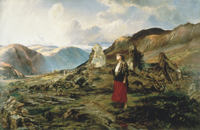
We are, then, spared the already well-worn convict images and details held mainly in the Mitchell and National libraries. Not a man is flogged or bound by chains. Drawing the line between convicts and the free is admittedly artificial. Many convicts soon gained their freedom, some prospered, some brought out their families and some even went back to the scene of their original crime. A few were transported more than once. But there is, quite rightly, no mention of this. The story being told is of the million-and-a-half who left the heartland of the world's largest and richest empire to settle at the end of the earth. Why did they come, who were they, how did they feel? Little is said about what happened to them. Nor are there portraits of those who became famous: Henry Parkes, Joseph Cook, Andrew Fisher, Billy Hughes, to mention only a few of the political leaders who arrived during Victoria's reign.
The greatest surge of emigration to Australia was in the 1850s and due to the lure of gold. Most paintings on display were produced during this decade. It was also the period when England and Scotland were becoming urban rather than rural societies and when Ireland was shattered and depopulated by the effects of the potato famine of the previous few years. Everywhere people were leaving the land. Despite some emphasis on the poverty of the major cities, the selection does not fall into the trap of showing emigration from the slums, prison and workhouses of the metropolis; these were the breeding grounds of the convicts, not of the assisted migrants. Regulations tried to ban those in workhouses or in habitual receipt of poor law assistance. Most poverty stricken city dwellers who reached Australia were sent by charities. The themes of rural poverty, Irish dispossession and the Scottish clearances were more attractive to Victorian artists and more sentimentally appealing to their public. I was especially struck by Hubert von Herkomer's 1885 painting Hard Times , showing an itinerant navvy and his wife and child. At this time my grandmother's father was just such a one: a navvy, railway fettler, farm labourer and eventually village chimney sweep. Two of his daughters worked in the notorious agricultural gangs of Fenland, made illegal in 1867.
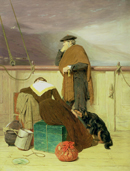
Some outstanding works include The Last of England by Ford Madox Brown, Lochaber No More by John Watson Nicol, Lady Butler's Evicted and, of course, everyone's favourite, A Primrose from England by Edward William John Hopley. Works are grouped around themes, with a small but good selection of sailing ship portraits, pride of place being taken by the 'steam assisted' Great Britain . The passengers of Brunel's huge ship are claimed to be responsible for at least two per cent of Australia's current population, which may well be true. At the end comes Frederick McCubbin's triptych of 1904, The Pioneer . Hardship and sadness were not just the lot of the emigrant (as most other paintings suggest) but could equally strike the immigrant already settled in the colony. McCubbin is one of the few Australian-born artists here. Others, such as Charles Conder, Conrad Martens, Tom Roberts, and Eugène von Guérard, though born overseas, are regarded as Australian by adoption.
The exhibition catalogue is a significant work in its own right. Apart from the normal function of describing, reproducing and analysing each exhibit, it is almost the only comparably illustrated work on this major aspect of Australia's formative history. There are some controversial commentaries tending, like the exhibition itself, to overemphasise the poverty and desperation of immigrants, which was ceasing to be true for those from the English majority coming in the great boom of the 1880s. There are several incorrect dates, most notably for the birth of democracy at the Eureka Stockade. Like any artistic soul I was a trifle piqued that none of my own humble works were in the valuable bibliography! But two of the best recent books for this period, Eric Richards' Britannia's Children (2004) and David Fitzpatrick's Oceans of Consolation (1994), get their well-deserved place.
The catalogue, besides being beautifully presented, stands on its own as a readable and attractive account of British immigration in the Victorian period. It should become a guide to those responsible for recreating the wholly inadequate Horizons gallery at the National Museum of Australia, which almost ignores those vital years between the end of transportation and the arrival of the New Australians.
Immigration Museum
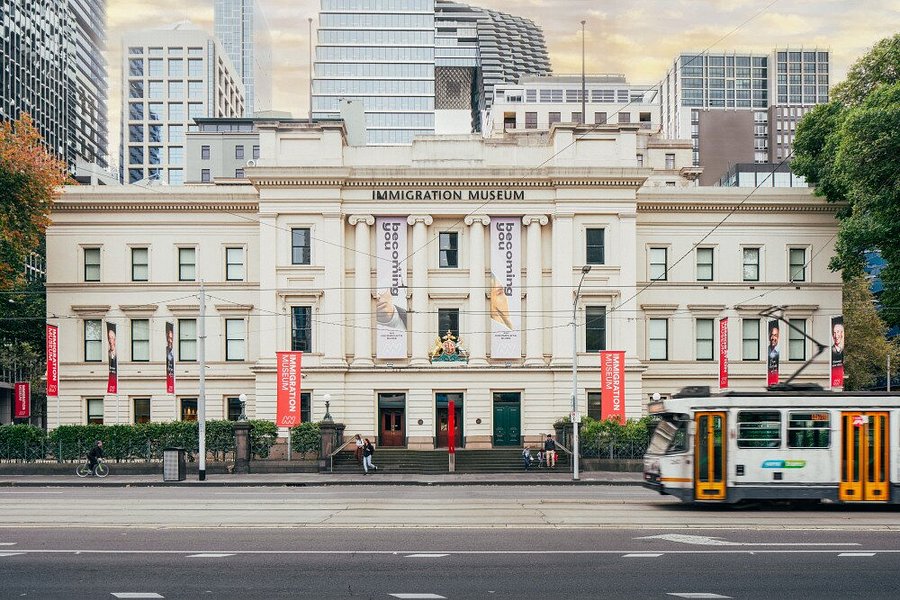

Top ways to experience Immigration Museum and nearby attractions

Most Recent: Reviews ordered by most recent publish date in descending order.
Detailed Reviews: Reviews ordered by recency and descriptiveness of user-identified themes such as waiting time, length of visit, general tips, and location information.
Also popular with travellers
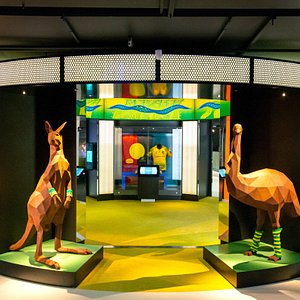
IMMIGRATION MUSEUM: All You Need to Know BEFORE You Go (with Photos)
- Melbourne Foodie Culture (From $185.47)
- Melbourne Self-Guided Audio Tour (From $26.91)
- Electric Bike Tour of Melbourne (From $133.76)
- The Best of Melbourne Bike Tour (From $111.29)
- Melbourne Self-Guided Audio Tour (From $15.23)
- (0.15 km) Vibe Hotel Melbourne
- (0.07 km) Clarion Suites Gateway
- (0.17 km) Oaks Melbourne on Market Hotel
- (0.14 km) W Melbourne
- (0.15 km) Notel
- (0.23 km) Vue De Monde
- (0.23 km) Maha
- (0.18 km) Oak & Vine
- (0.08 km) Shiraaz
- (0.07 km) Williams Bar & Cafe
Immigration Museum
The Immigration Museum uses voices, images and memorabilia to tell the many stories of Australian immigration. It's symbolically housed in the old Customs House and the restored 1876 building alone is worth a visit: the Long Room is a magnificent piece of Italian Renaissance–revival architecture. Keep an eye out for workshops and special events.
After exiting the museum, head across the river via Sandridge Bridge to check out the steel Travellers sculptures , which depict the story of arrival that belongs to many Melburnians. Gayip, the only sculpture to sit on land rather than on the bridge, represents Indigenous Australians from the area.
400 Flinders St. Melbourne
Get In Touch
https://www.museumvictoria.com.au/immigrationmuseum
Lonely Planet's must-see attractions
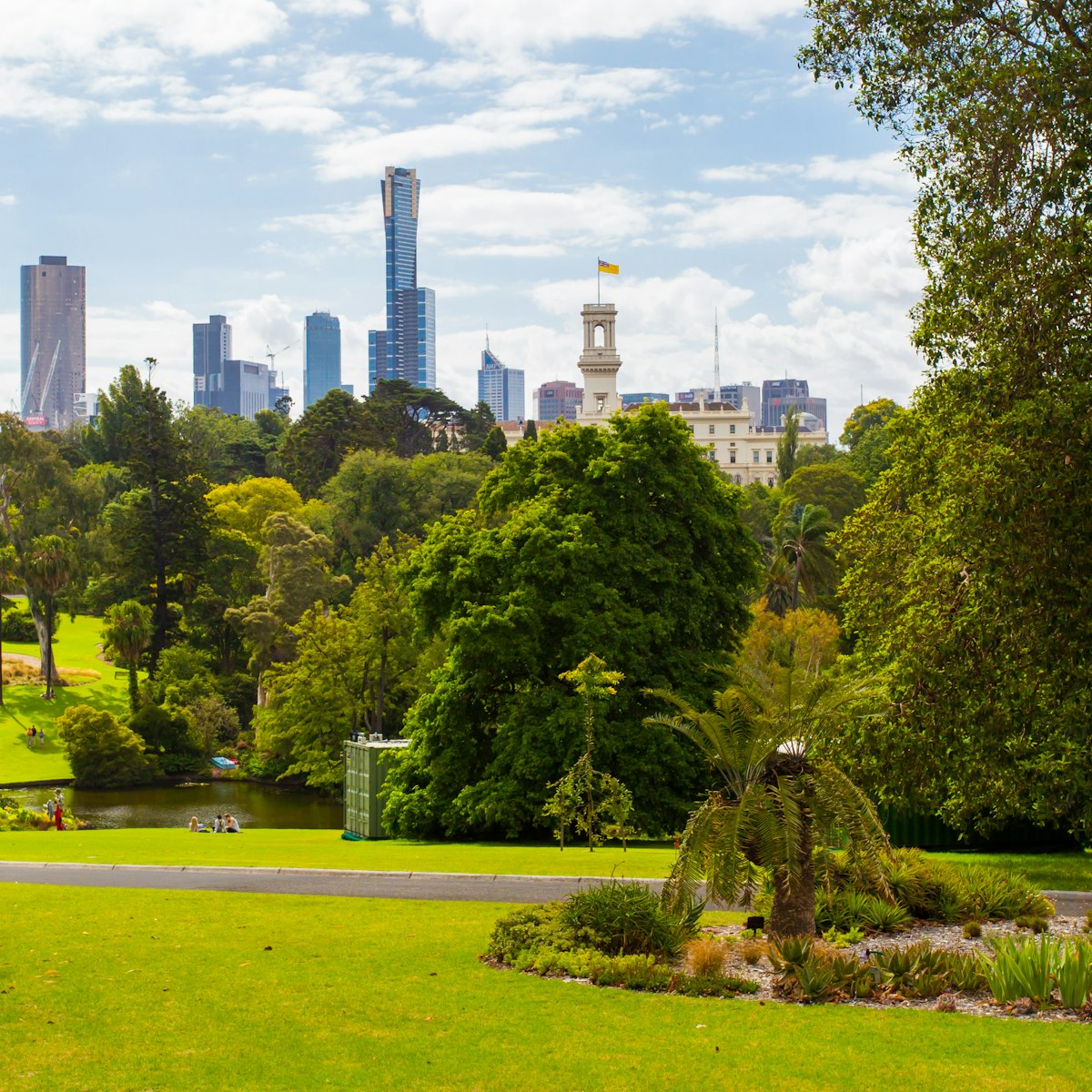
Royal Botanic Gardens
Considered one of the finest examples of Victorian-era landscaping in the world, Melbourne’s Royal Botanic Gardens draw over two million visitors a year…
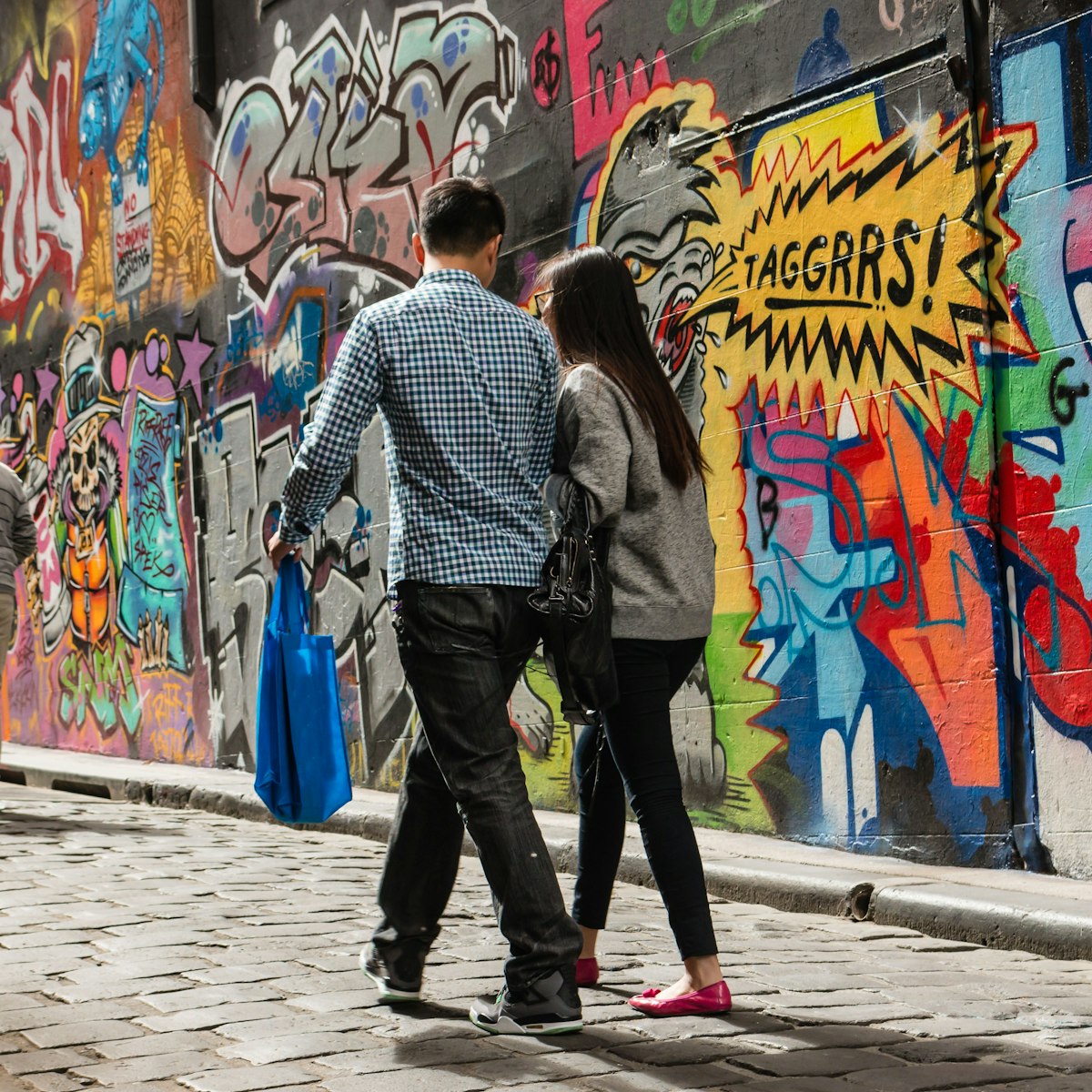
Hosier Lane
Melbourne's most-celebrated laneway for street art, Hosier Lane's cobbled length draws camera-wielding crowds to its colorful canvas of graffiti, stencils…
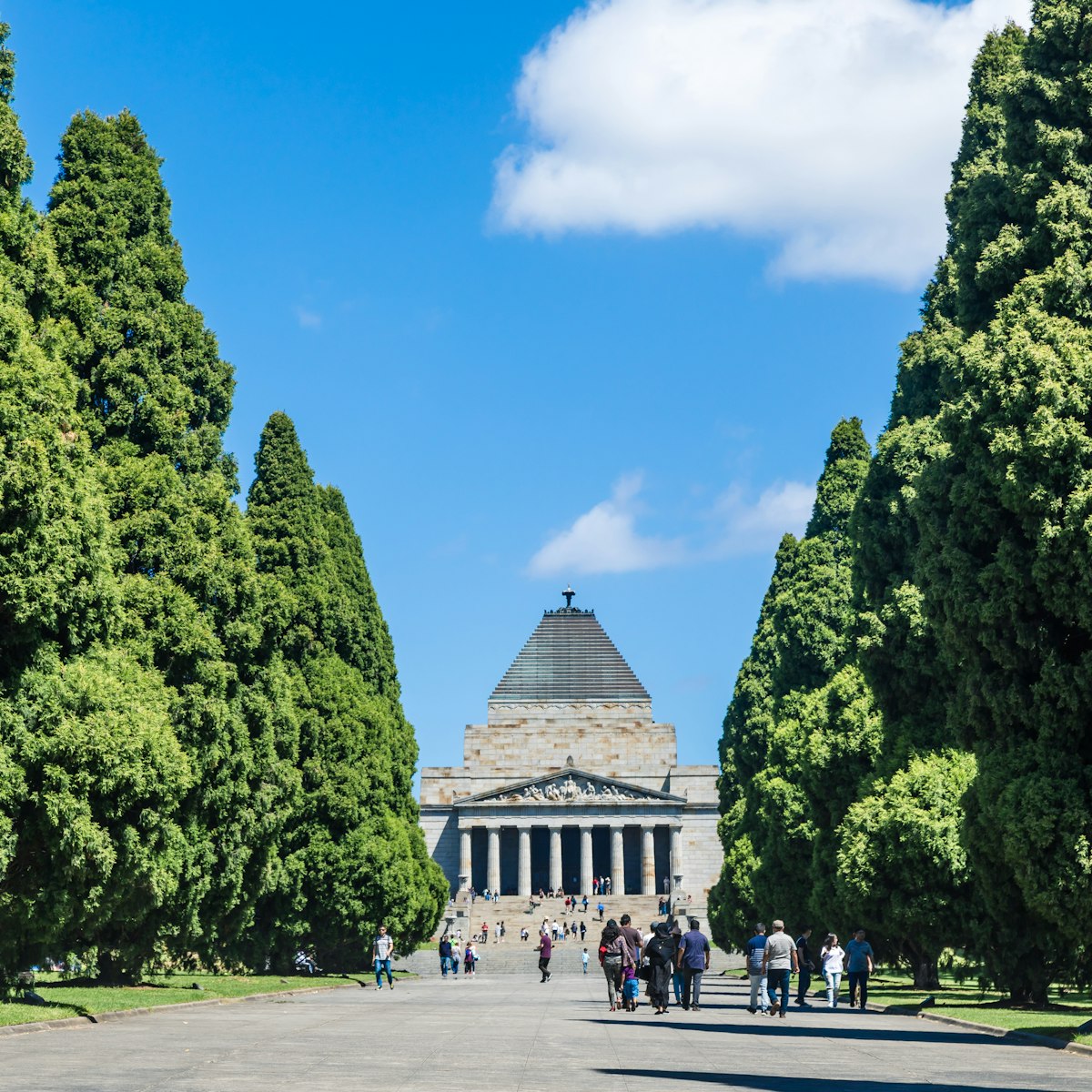
Shrine of Remembrance
One of Melbourne's icons, the Shrine of Remembrance is a commanding memorial to Victorians who have served in war and peacekeeping, especially those…
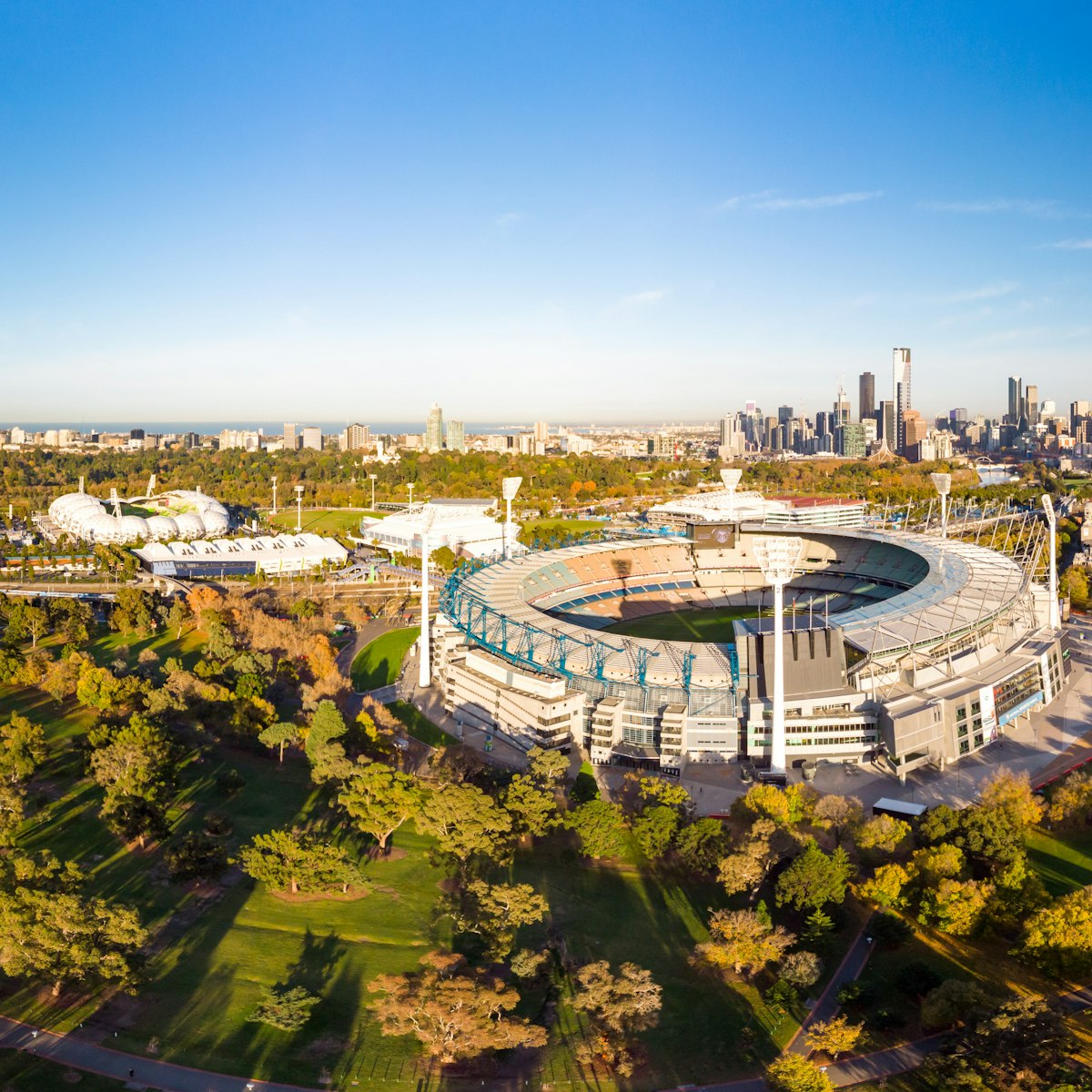
Melbourne Cricket Ground
With a capacity of 100,000 people, the "G" is one of the world’s great sporting venues, hosting cricket in summer and AFL (Australian Football League,…
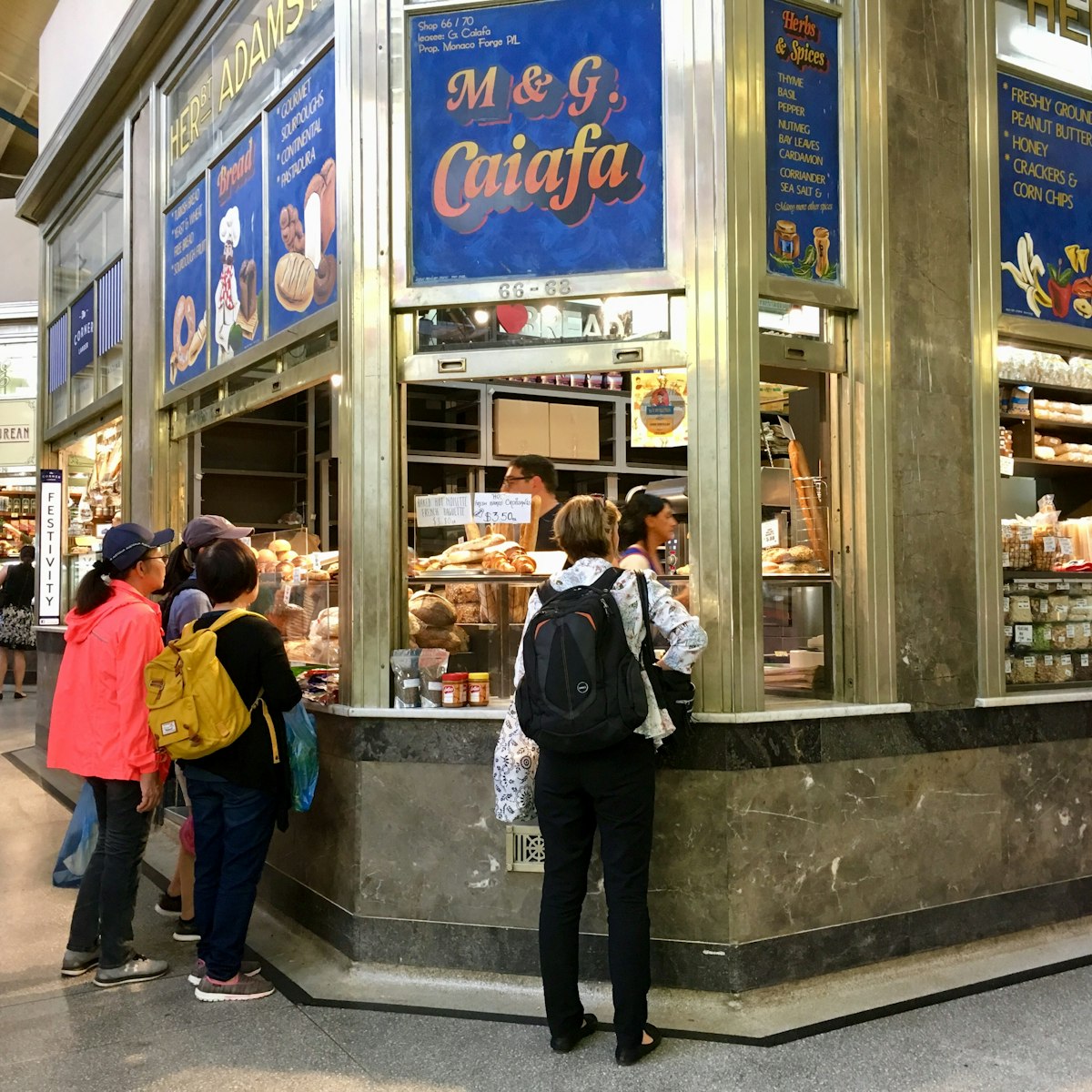
Queen Victoria Market
With more than 600 traders, 'Vic Market' is a large open-air market brimming with food, shopping and cultural experiences. Early mornings are best for…
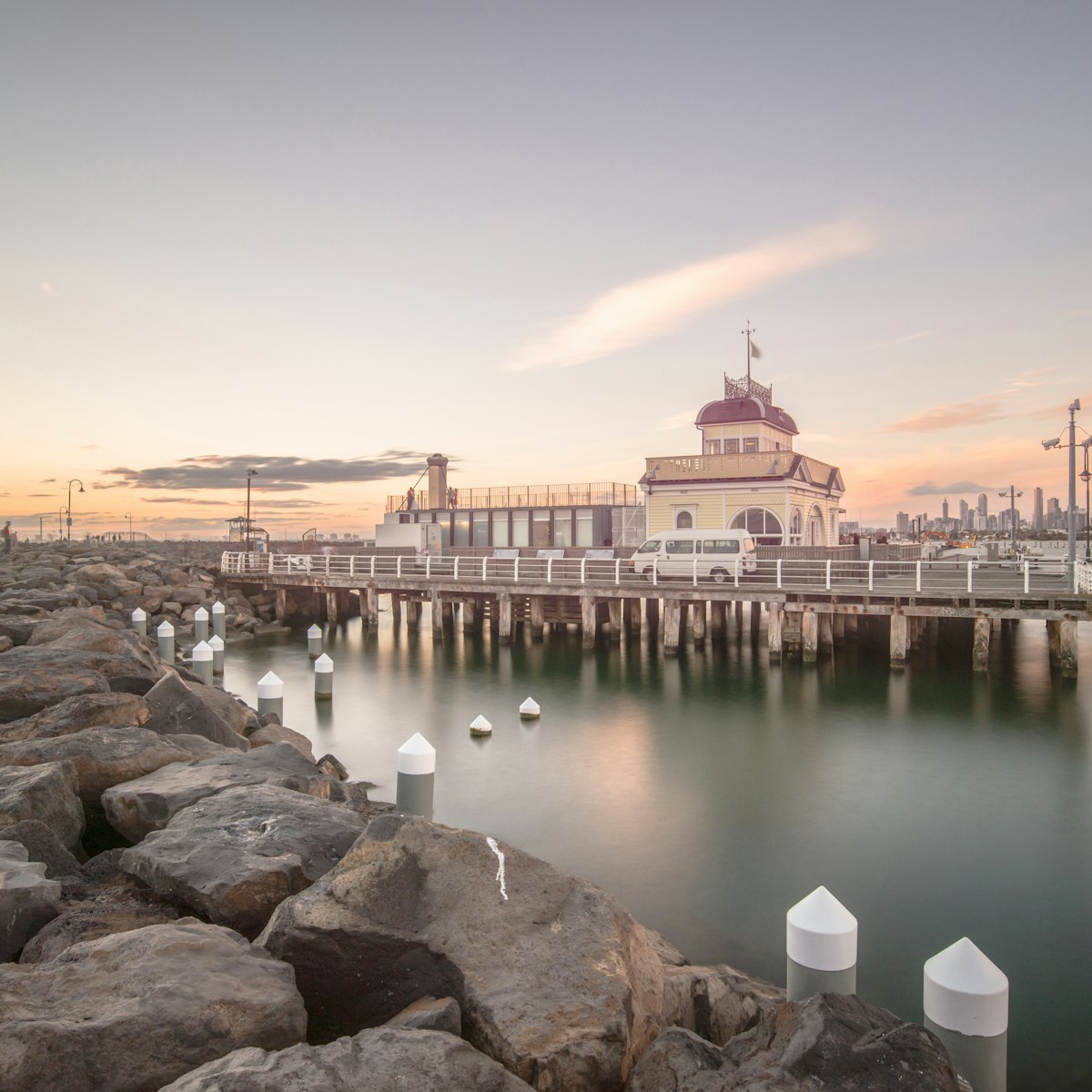
St Kilda Foreshore
With a palm-fringed promenade, sandy beach and eclectic architecture, St Kilda’s seaside appeal lands somewhere between Brighton in England and Venice…
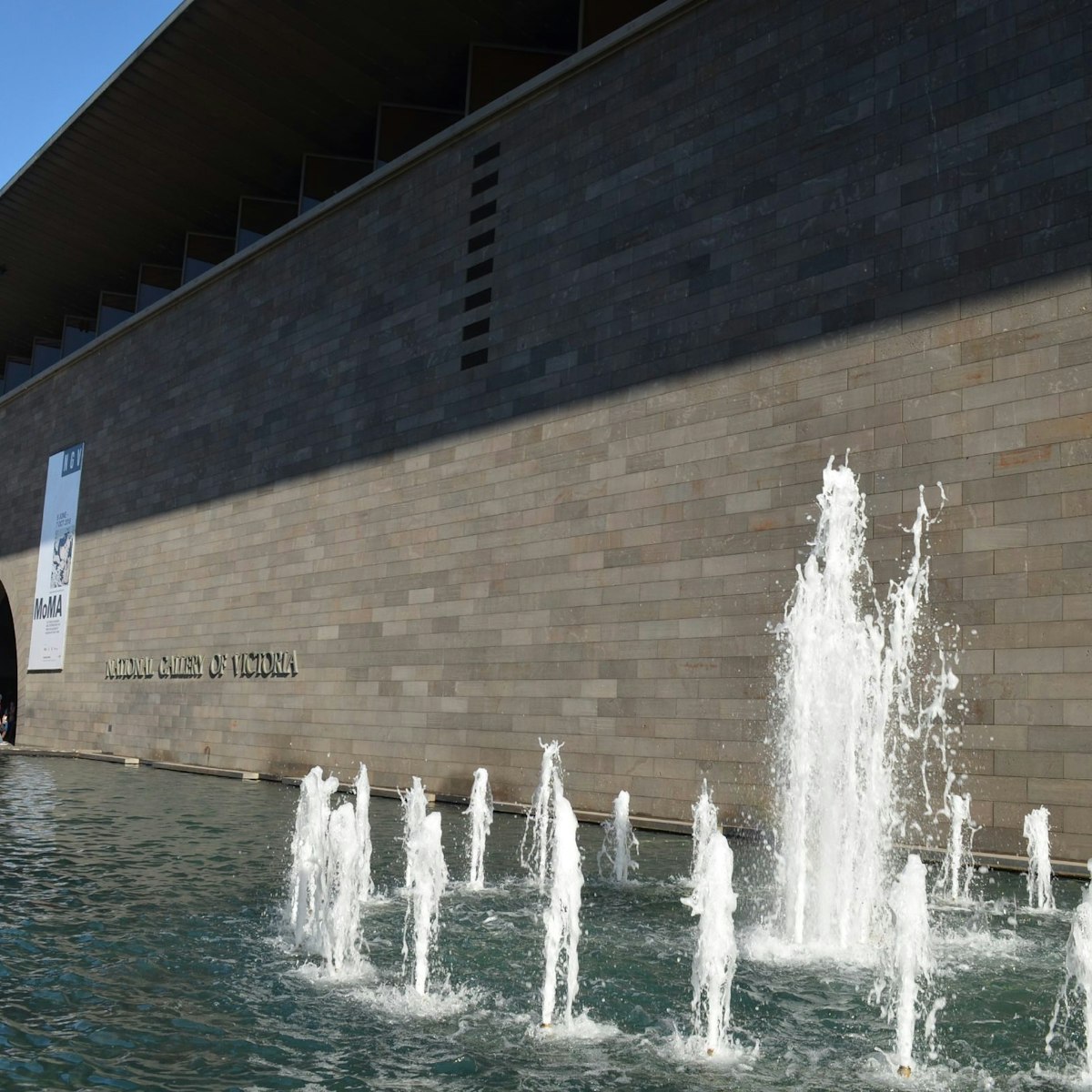
NGV International
Housed in a vast, brutally beautiful, bunker-like building, the international branch of the NGV has an expansive collection, from ancient artefacts to the…
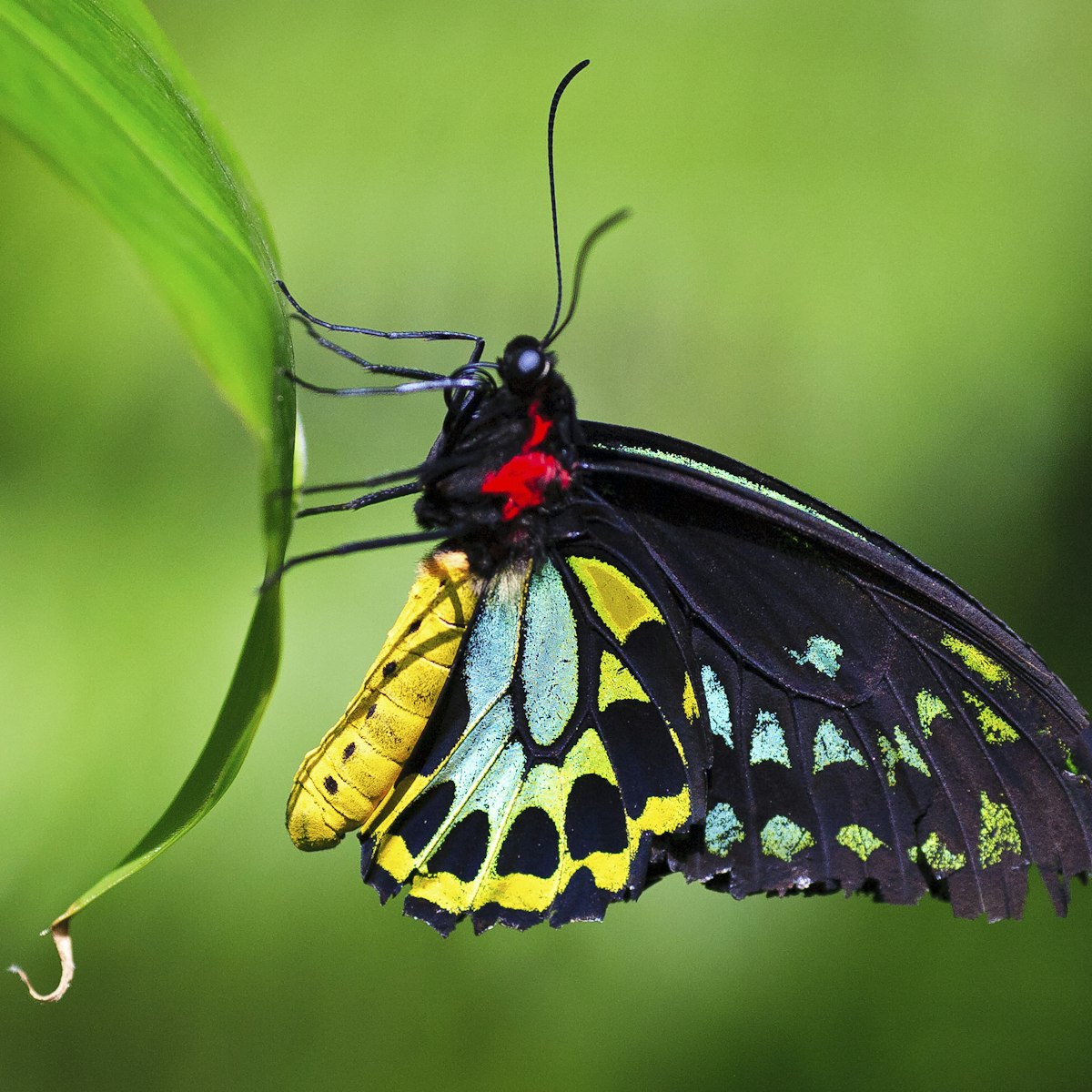
Melbourne Zoo
Established in 1862, this compact zoo remains one of the city’s most popular attractions and continues to innovate, having become the world's first carbon…
Nearby Melbourne attractions
1 . Sea Life
This interesting but extremely pricey aquarium is home to giant rays, gropers and sharks, all of which cruise around a 2.2 million-litre tank, watched by…
2 . Eureka Skydeck
Melbourne's tallest building, the 297m-high Eureka Tower was erected in 2006, and a wild elevator ride takes you to its 88th floor in less than 40 seconds…
The Crown complex sprawls across two city blocks and includes three luxury hotels, restaurants and a casino that never closes. It’s another world with its…
4 . Block Arcade
This beautiful Victorian shopping arcade, built in 1891 and inspired by the Galleria Vittorio in Milan, features ornate plasterwork and mosaic floors…
5 . Flinders St Station
Melbourne's first railway station, which turned 100 years old in 2010, is also its most iconic building. You’d be hard-pressed to find a Melburnian who…
6 . Royal Arcade
Built between 1869 and 1870, this Parisian-style shopping arcade is Melbourne’s oldest and has managed to retain much of its charming 19th-century detail…
7 . Young & Jackson
Across the street from Flinders St station is a pub known less for its beer (served here since 1861) than for its famous nude painting of the teenaged…
8 . Nicholas Building
Designed by Harry Norris in 1926, this classical palazzo in terracotta tile was built as a demonstration of the wealth of the Nicholas family. Today the…

Immigration Museum

LATEST PROJECTS AND RESEARCH
Amf vaccine education program, launch: the scanlon foundation mapping social cohesion report 2021, mental health messaging in community languages, latest training and resources, providing culturally appropriate & inclusive aged care 2007.
The Immigration Museum explores the stories of real people from all over the world who have migrated to Victoria. Located in the Old Customs House in the heart of the city, the museum re-creates the real-life stories of coming to Australia with a rich mix of moving images, personal and community voices, memories and memorabilia. From the reasons for making the journey, to the moment of arrival in a new country, and the impact on indigenous communities, these stories are sometimes sad, sometimes funny, but always engaging.
museumvictoria.com.au/immigrationmuseum
- Free general admission
Postwar immigration drive
1945: Australian Government announces postwar immigration drive
Dutch migrants on board the ship SIBAJAK arrive in Port Melbourne, Australia, 1954. National Archives of Australia A12111, 1/1954/4/53
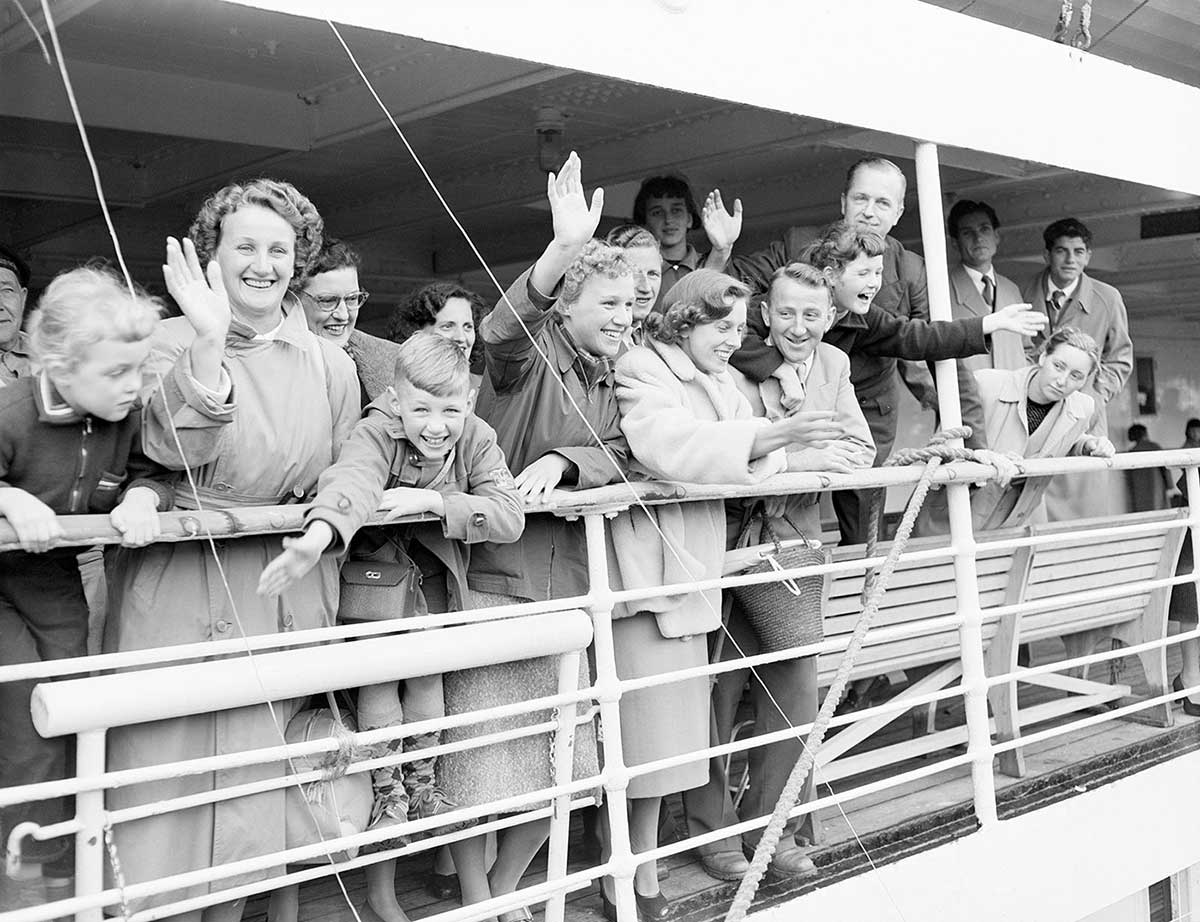
Between 1945 and 1965, two million immigrants arrived in Australia. The decision by the Australian Government to open up the nation in this way was based on the notion of ‘populate or perish’ that emerged in the wake of the Second World War.
Among the new immigrants were the first government-sanctioned non-British migrants.
This massive influx of people transformed Australian society.
Arthur Calwell, Be Just and Fear Not , 1972:
Even in the darkest days of the awful conflict of the Pacific war, the Curtin Government gave much thought to population building. I remember Mr. Curtin telling Cabinet in 1944 that at war’s end there would have to be a Ministry for Immigration. He said we must have more people to develop and defend Australia.
First assisted passage migrant from England Tommy Smith meets Prime Minister Ben Chifley and Arthur Calwell, 1947. National Archives of Australia A12111, 3/1947/4B/1
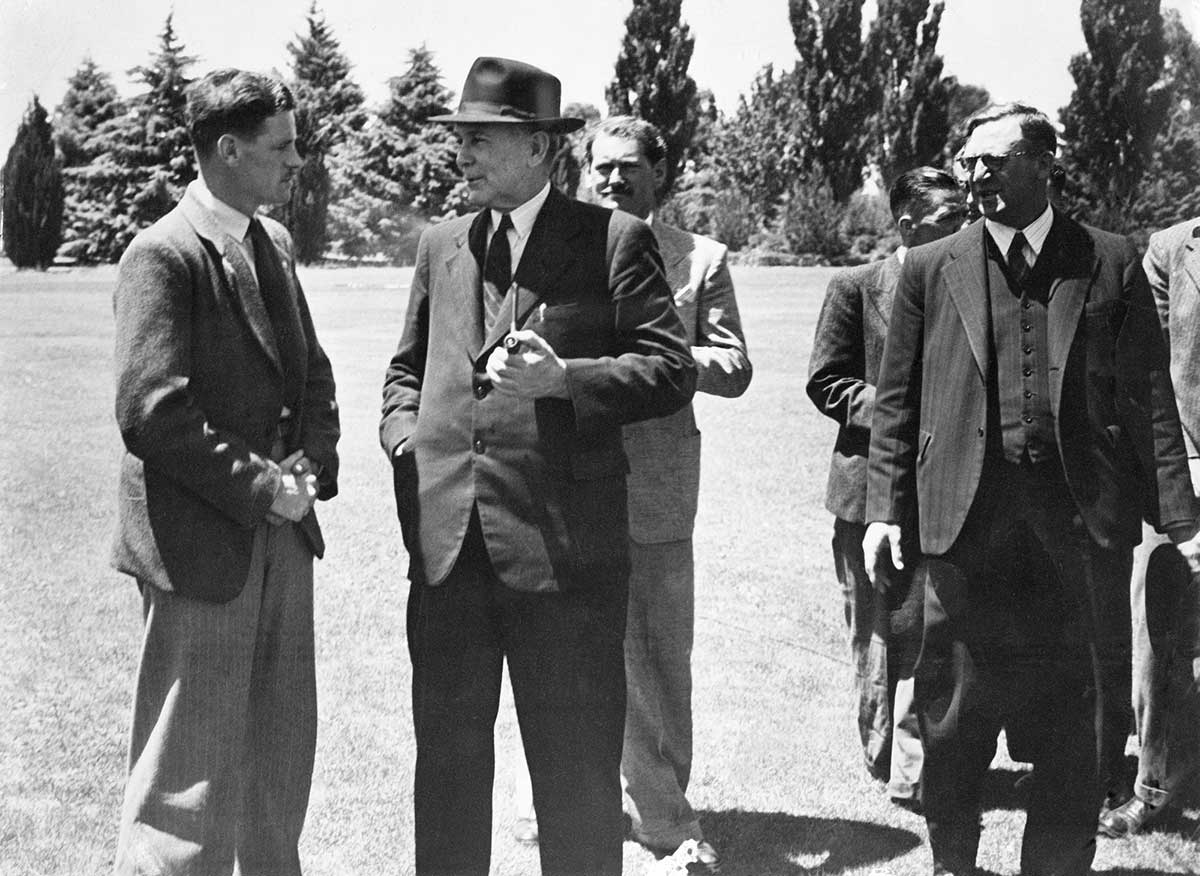
Populate or perish
When Japan entered the Second World War in December 1941 its troops quickly moved south, occupying much of South-East Asia and the Pacific. Singapore fell in February 1942 and Darwin was bombed shortly after.
In Australia, the threat of invasion was very real and the country was more vulnerable than previously thought. These susceptibilities meant that well before the war ended on 14 August 1945, the government had begun considering policies that would boost Australia’s population and its defences.
Arthur Calwell was appointed Australia’s first Minister for Immigration in July 1945. Addressing parliament a few weeks later, he stated 'If Australians have learned one lesson from the Pacific war … it is surely that we cannot continue to hold our island continent for ourselves and our descendants unless we greatly increase our numbers … much development and settlement have yet to be undertaken. Our need to undertake it is urgent and imperative if we are to survive.'
Calwell’s call for immediate migration was significant but perhaps even more important were the final sentences of his speech: ‘The door to Australia will always be open within limits of our existing legislation to the people from the various dominions, United States of America and from European continental countries’.
For the first time, the government had declared that it was willing to accept migrants from beyond the British Isles. It was a huge step forward considering the prevalence of the White Australia policy and the underlying public attitudes.
Arthur Calwell and Mrs Calwell at the New Australian festival (Lithuanian handcraft festival held in Canberra), 1949. National Archives of Australia A12111, 1/1949/17/5A
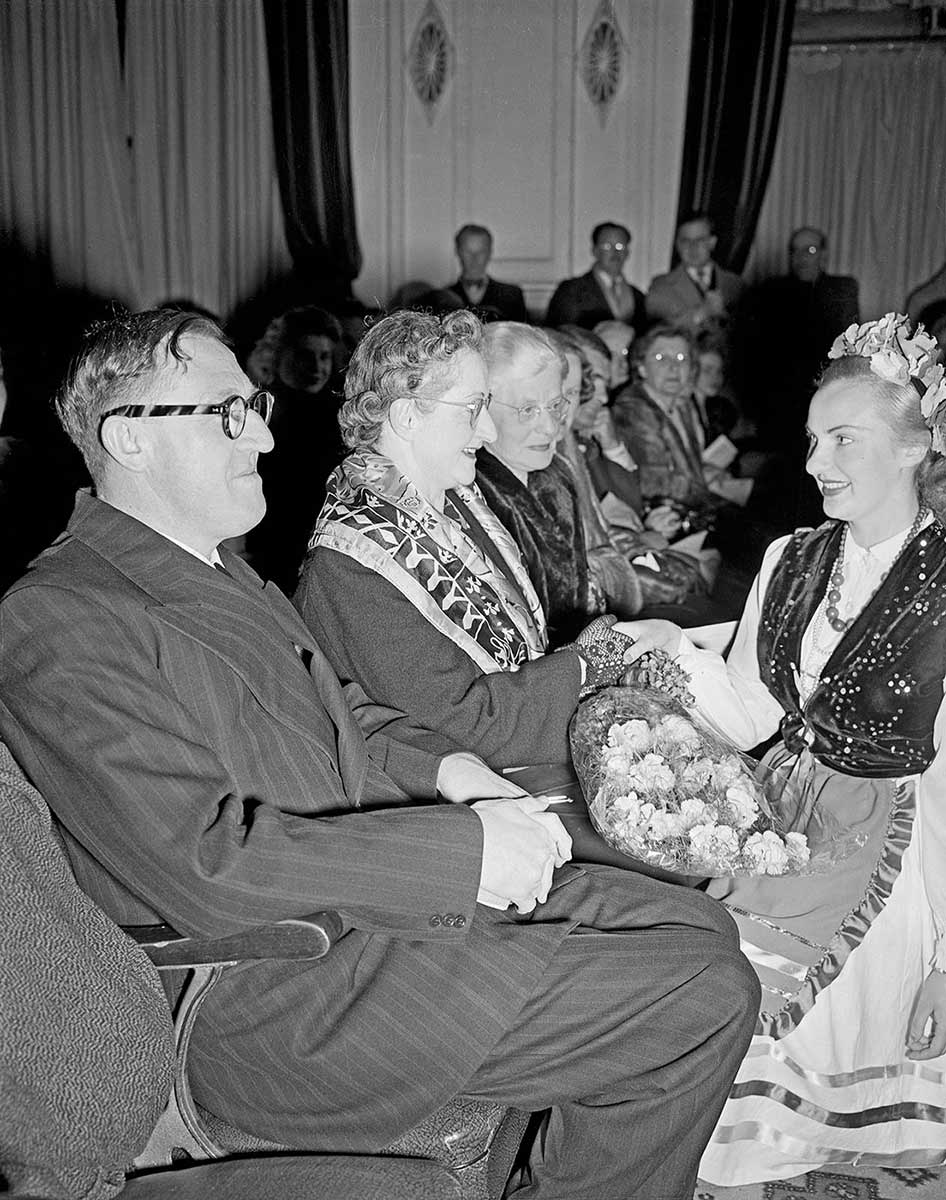
Calwell’s immigration policy
The shift in government policy was influenced by the work of Melbourne economist, WD ‘Bill’ Forsyth.
In his 1942 book The Myth of Open Spaces , Forsyth argued that immigration and settlement should not be linked to the development of the rural sector, as had been the case after the First World War, but to the development of urban industry.
He further argued that, while postwar workforce shortages in Great Britain could limit Australia’s ability to attract British migrants, there would be reserves of labour in eastern and southern Europe.
These ideas featured in the papers of the government’s powerful Interdepartmental Committee on Post War Migration, and in Calwell’s speech.
The new policy set a target of a one per cent increase in the population as the result of immigration.
Suitable migrants
Even before the end of the war, Australia began negotiations with Britain about a migration scheme.
British politicians, including Prime Minister Winston Churchill, encouraged Britons to stay and rebuild their shattered country. Yet the Assisted Passage Migration Scheme (also known as the ‘Ten-Pound Pom’ scheme) proved extremely popular with war-weary British citizens. By 1947, more than 400,000 of them had registered.
Calwell also sought to meet immigration targets by selecting suitable migrants from Europe’s overflowing displaced persons camps.
The first shipload arrived in Australia in 1947 from Estonia, Latvia and Lithuania. They were all young and single and quickly became known as the ‘beautiful Balts’. As Calwell later admitted, ‘It was not hard to sell immigration to the Australian people once the press published photographs of that group.’
Migrant arrivals in Sydney, 1947. National Archives of Australia 1/1947/4/2A
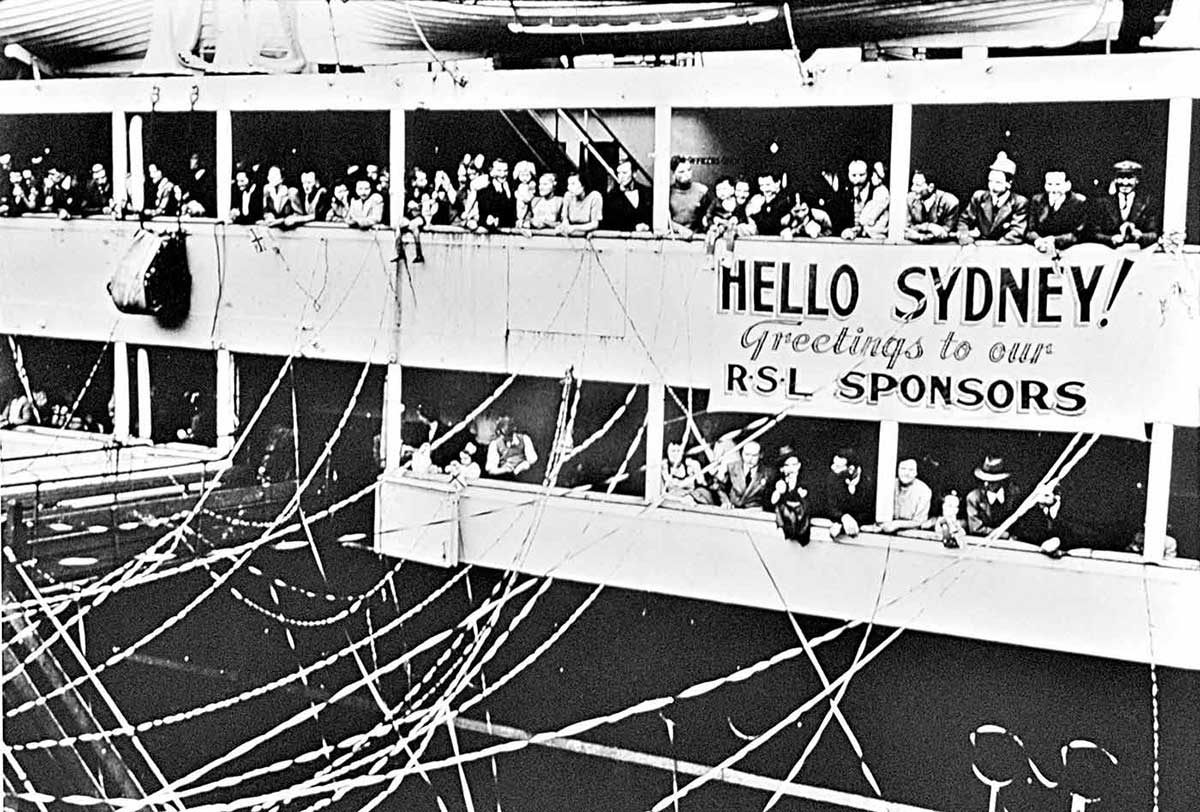
Changing the face of Australia
In the years that followed, policies slowly changed to accept migrants from southern and eastern Europe and, from the late 1940s and early 1950s, carefully selected temporary migrants from the Middle East and Asia.
In 1957 the Liberal government relaxed restrictions on ongoing temporary visas and made non-European migrants eligible for citizenship after 15 years’ residency (as opposed to five years for Europeans).
From 1946 to 1960 the Australian population grew by an average of 2.7 per cent per year. While this was largely due to a postwar baby boom, migration contributed to more than a third of this growth, adding 1.2 million people to Australia’s population and bringing the total population to about 10.3 million by 1960.
- australian history
- civics and citizenship
In our collection
Explore Defining Moments
You may also like
Inside: Life in Children’s Homes and Institutions
More about Arthur Calwell on the Museum of Australian Democracy website
Arthur Calwell, Be Just and Fear Not , Lloyd O’Neil Ptd Ltd and Rigby, Hawthorn, Victoria and Kentish Town, South Australia, 1972.
Eric Richards, Destination Australia: Migration to Australia since 1901 , UNSW Press, Sydney, 2008.
Gwenda Tavan, The Long, Slow Death of White Australia , Scribe Publications, Melbourne, 2005.
Jerzy Zubrzycki, Arthur Calwell and the Origin of Post-War Immigration Canberra , Bureau of Immigration, Multicultural and Population Research, 1995.
The National Museum of Australia acknowledges First Australians and recognises their continuous connection to Country, community and culture.
This website contains names, images and voices of deceased Aboriginal and Torres Strait Islander people.
Popular searches
Popular pages.
![immigration museum journeys to australia Group of migrants on the deck of MV Castel Verde, Italy, 1950–1957. ANMM Collection Gift from Barbara Alysen. Reproduced courtesy International Organisation for Migration. ANMM Collection ANMS0214[024]](https://www.sea.museum/-/media/anmm/images/welcome-wall/migrants_mv-castelverde_anms0214024_2160x1080-2.jpg?h=960&la=en&mw=1920&w=1920)
Sharing our migration stories
From across the sea - the museum's migration program explores our cultural heritage.
The arrival of waves of more than ten million migrants by boat and plane is one of the major themes in Australia’s history, and a foundation narrative of modern Australia, infusing our country with more than 200 different cultural and linguistic traditions. Was your family among them?
Nearly half of all Australians were born overseas or have at least one parent born overseas. Migrants have contributed enormously to the making of modern Australia - we believe museums sharing their stories can increase our understanding of the unique challenges many migrants face.
Image: Group of migrants on the deck of MV Castel Verde, Italy, 1950–1957. ANMM Collection Gift from Barbara Alysen. Reproduced courtesy International Organisation for Migration. ANMM Collection ANMS02014[024]
Explore their stories:
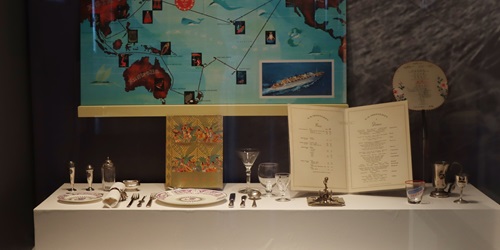
Australia’s National Monument to Migration
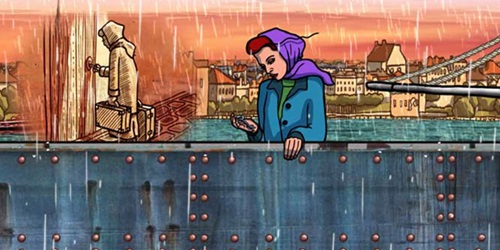
Waves of Migration
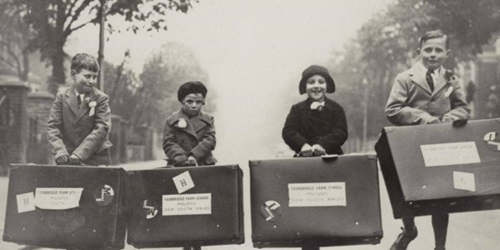
Britains Child Migrants
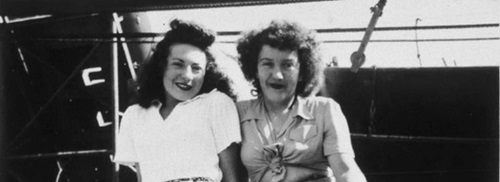
Threads of Migration
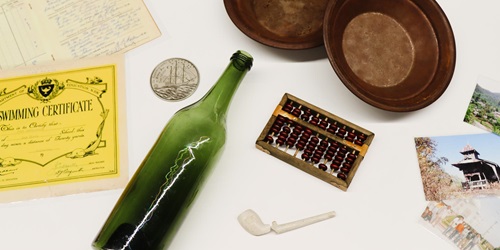
Australian Migration Stories
![immigration museum journeys to australia Migrants in a group on the MV TOSCANA at Trieste January 1954. ANMM Collection ANMS0214[047]](https://www.sea.museum/-/media/anmm/images/support/migrants-in-a-group-on-mvtoscana_anms0214047_1_2160x1080.jpg?h=250&la=en&mw=500&w=500)
The Migration Heritage Fund
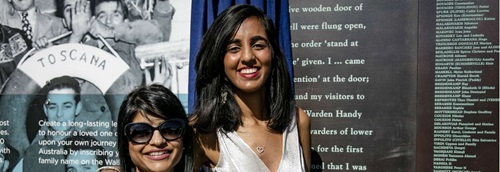
Stories from Australia’s National Monument to migration
Australia's immigration history.
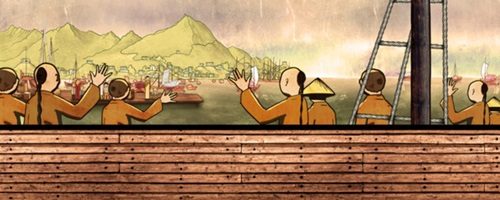
Collection Stories
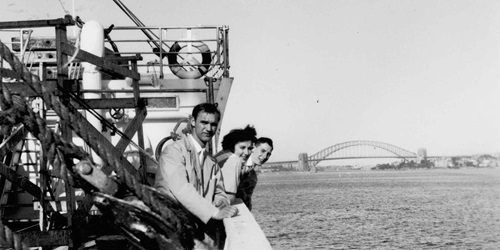
Migration and Multicultural Museums Alliance

We Are Many - Stories of Australia's Migrants
Learn more about our migration activities
Past exhibitions and events (.pdf 181kb)
Migration Achievements Report (.pdf 3MB)
Migration Blogs
Discover our shared histories through these compelling migration stories.
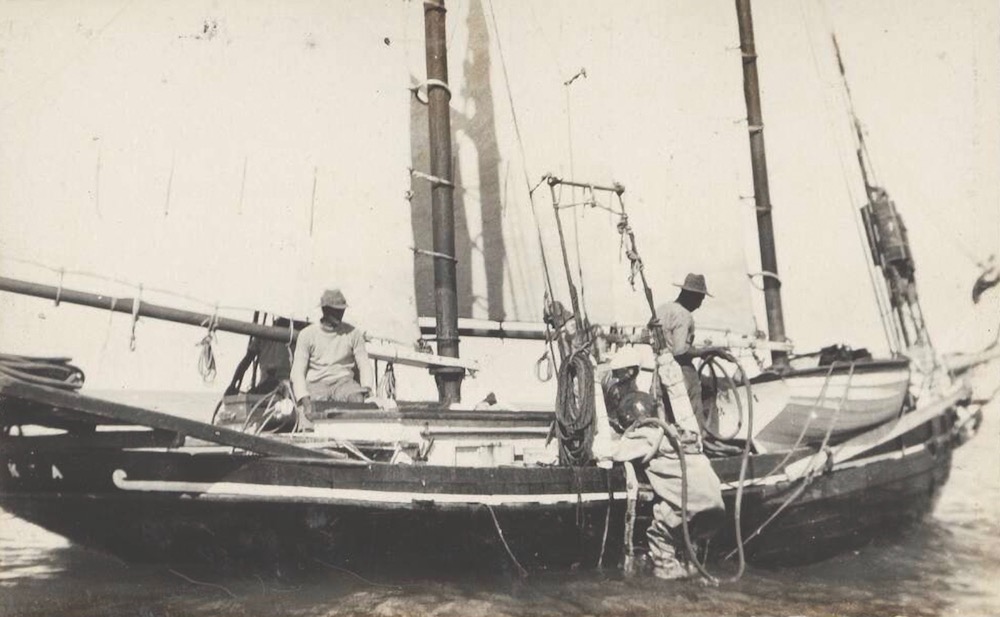
28 Jun 2021
A pearling pioneer: Remembering the Manilamen
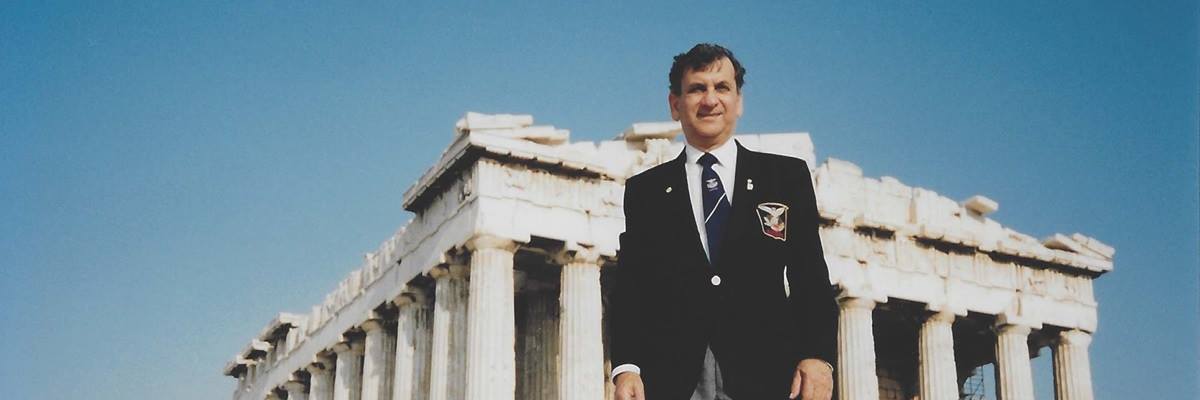
29 Mar 2021
A Greek odyssey: Hellenism and repatriation
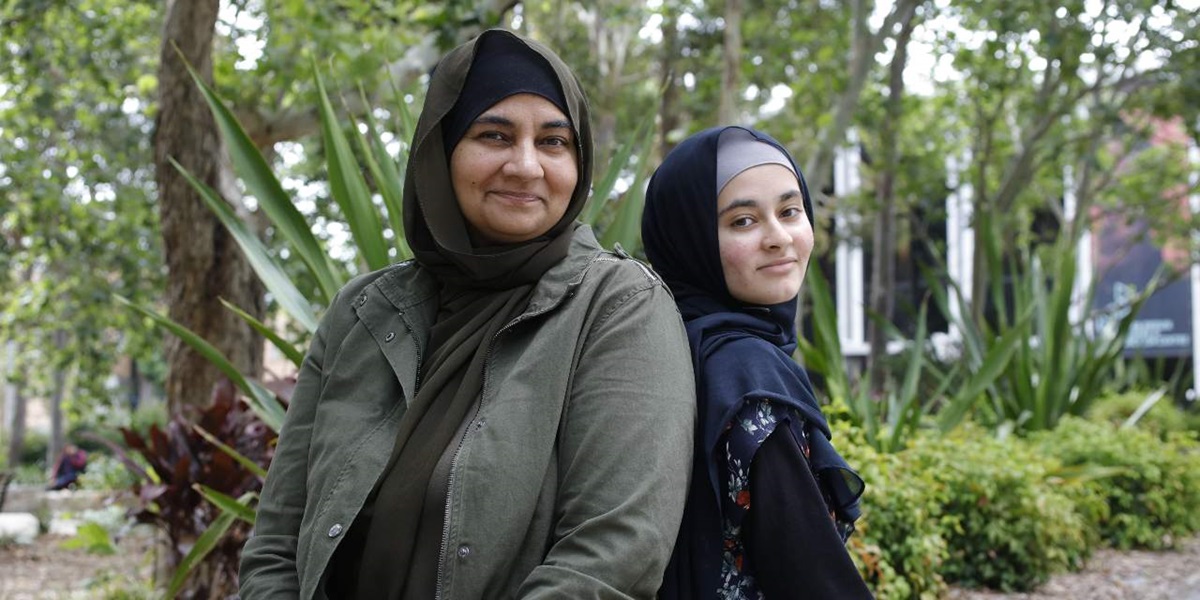
16 Dec 2020
A leap of faith
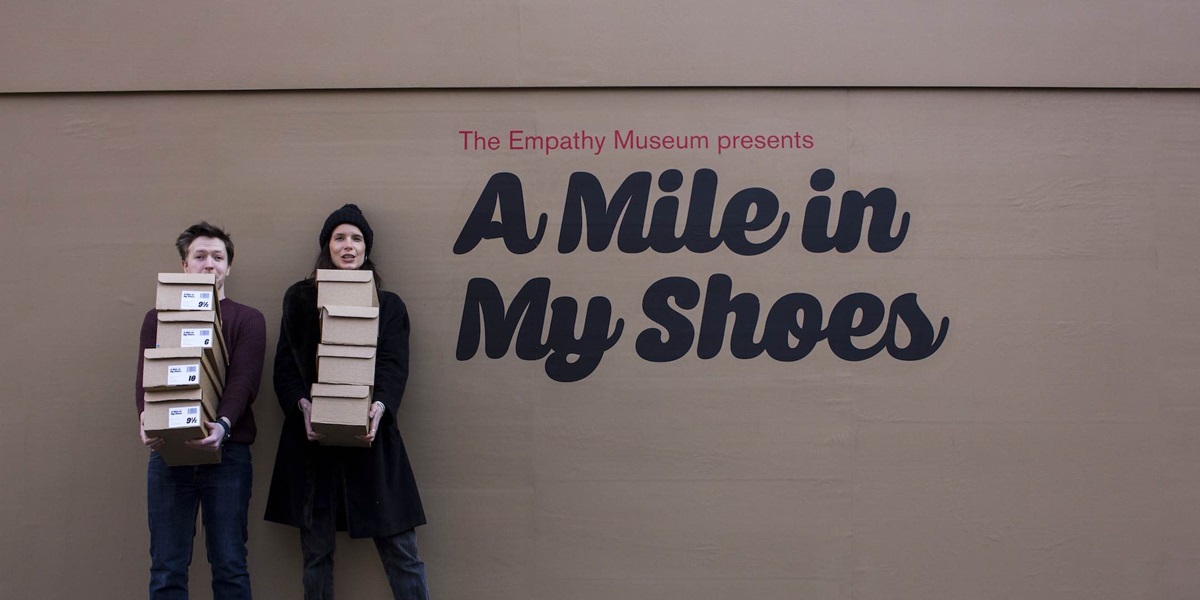
15 Dec 2020
A Mile in my Shoes
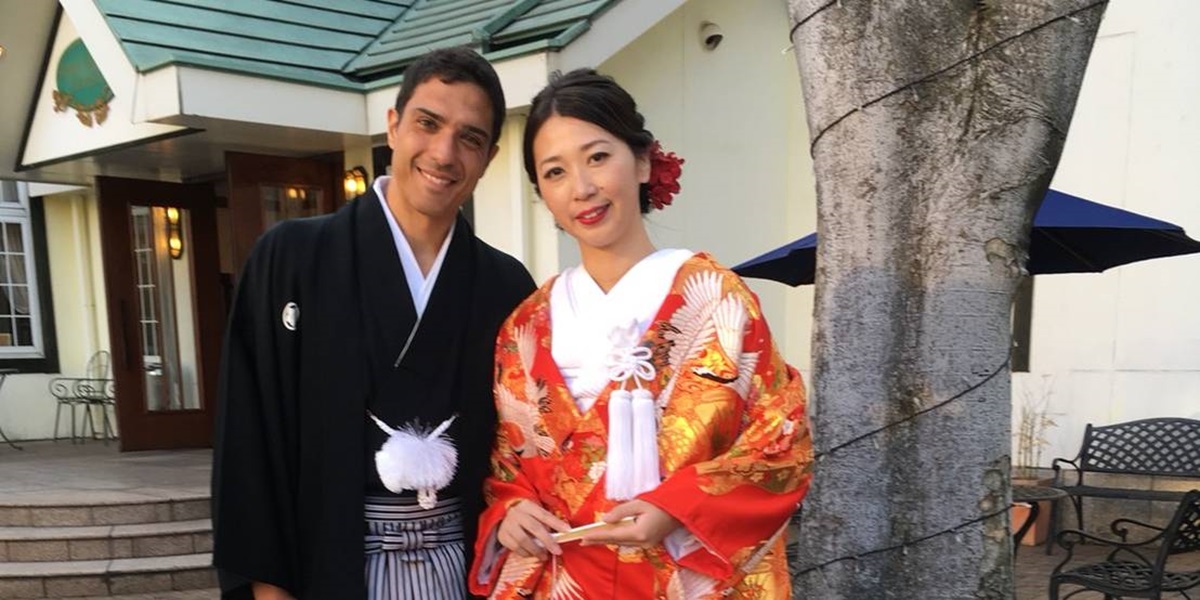
10 Dec 2020
Family and a fresh start
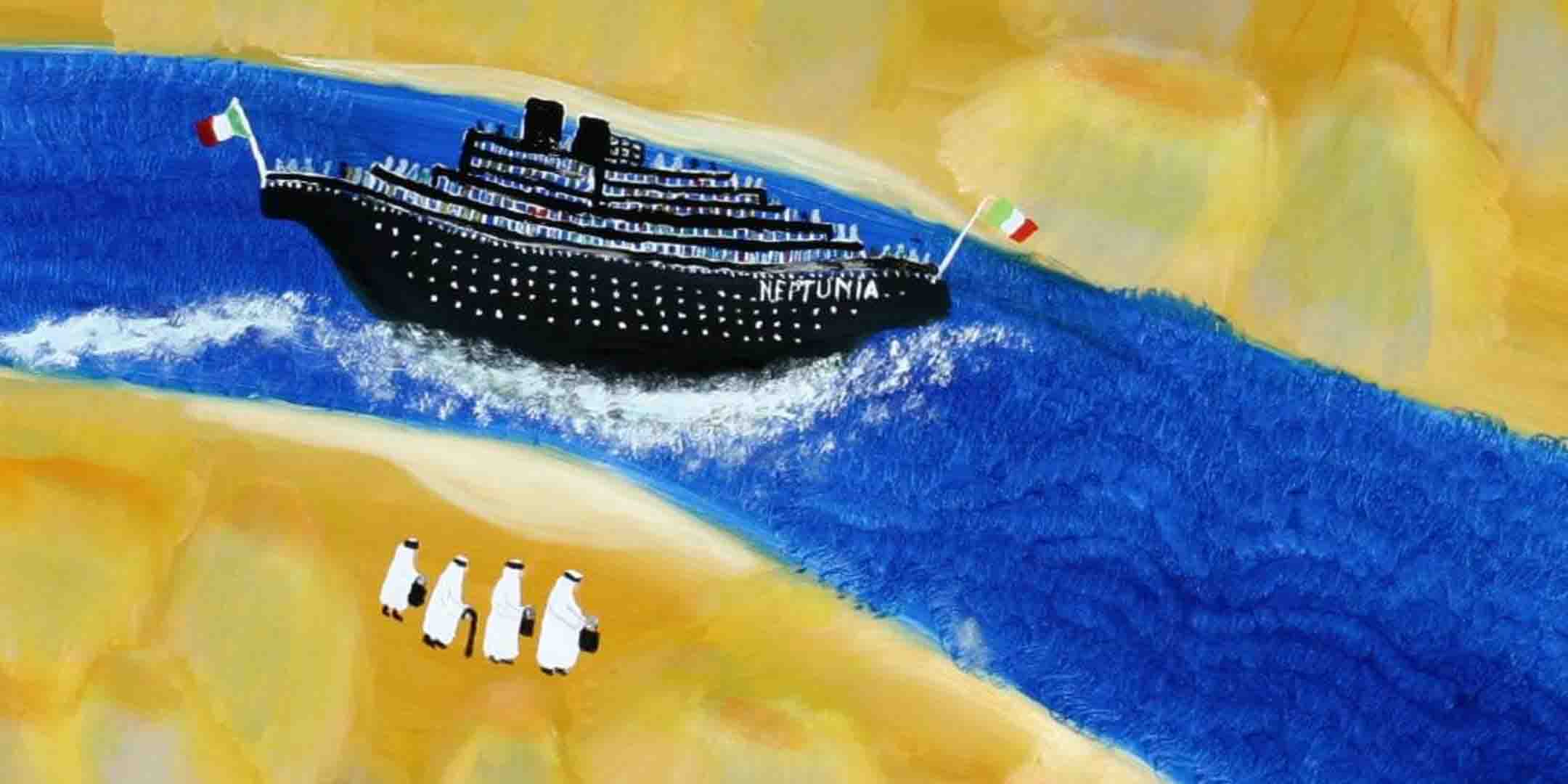
17 Nov 2020
Sail, steam and Suez views
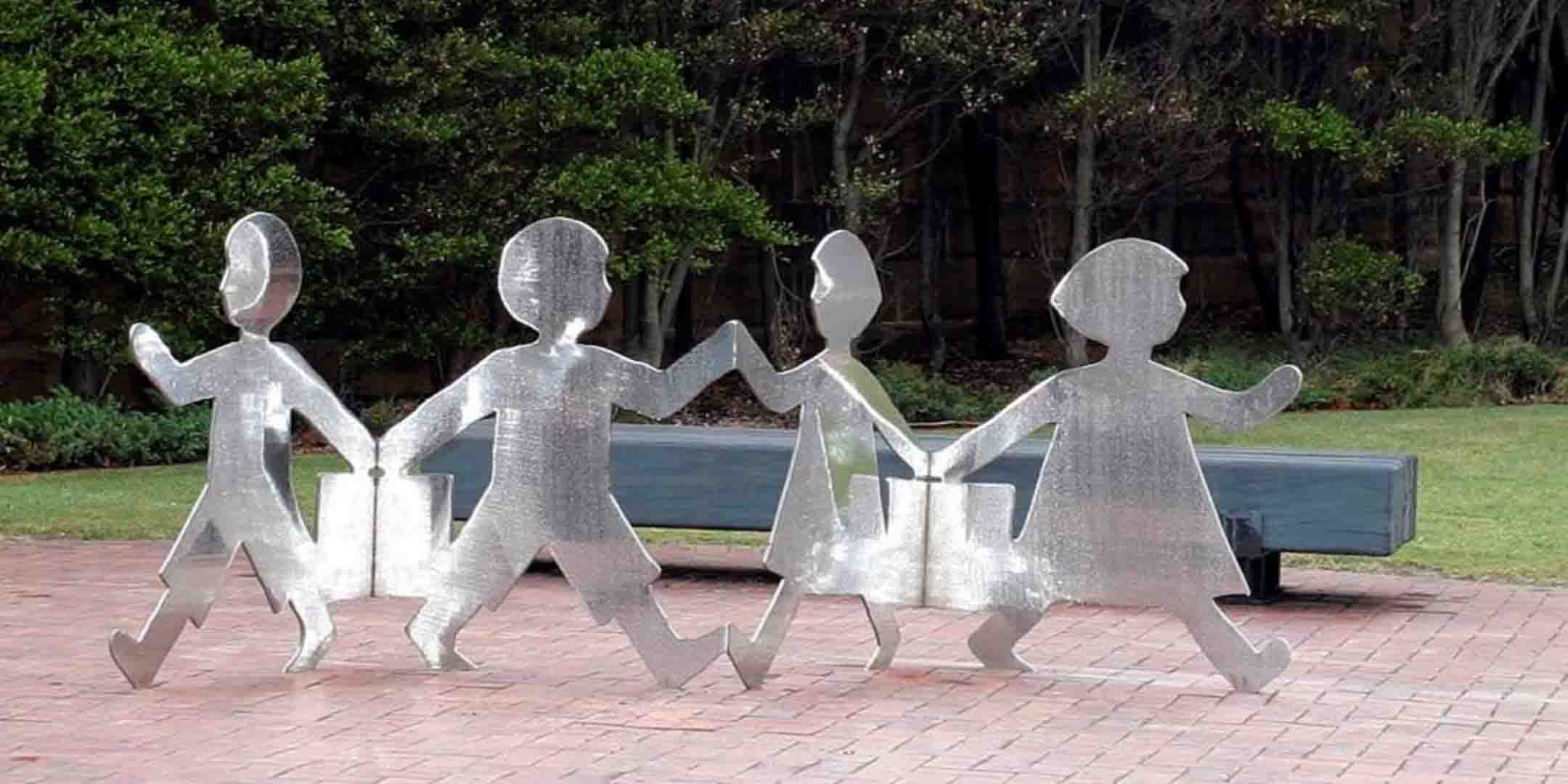
16 Nov 2020
Reflecting on the child migrant apology
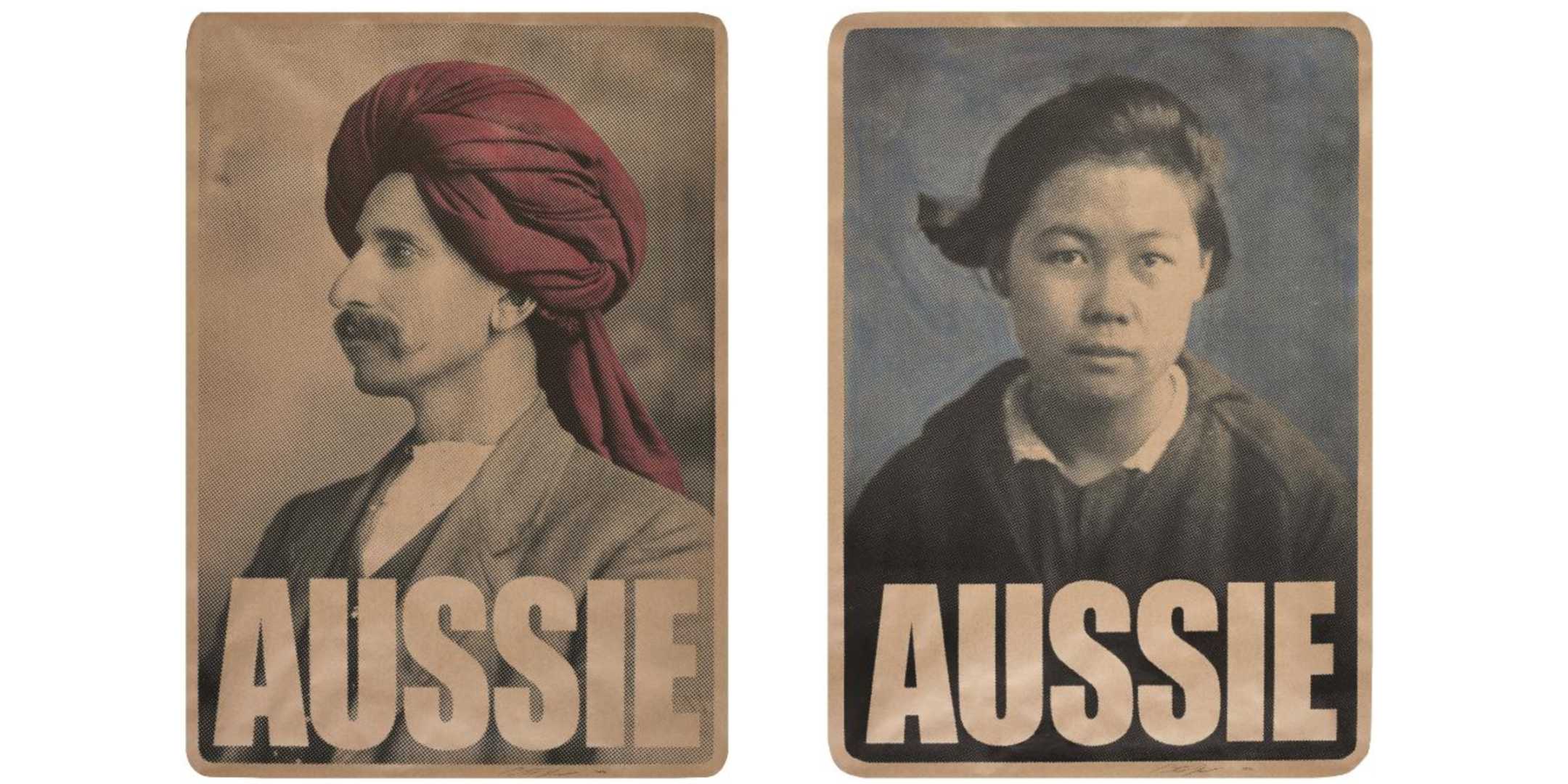
12 Oct 2020
The art of making: New immigration acquisitions
![Henry Lippmann (centre, with hand on chin) during a lesson at the Jewish ORT school in Berlin, Germany, c 1939. ANMM Collection ANMS0219[007], gift from Henry Lippmann Henry Lippmann (centre, with hand on chin) during a lesson at the Jewish ORT school in Berlin, Germany, c 1939. ANMM Collection ANMS0219[007], gift from Henry Lippmann](https://www.sea.museum/-/media/anmm/images/blog-content/september-2020/anms0219007_2160x1080.jpg?h=1080&la=en&w=2155)
07 Sep 2020
Behind barbed wire: Remembering the Dunera boys
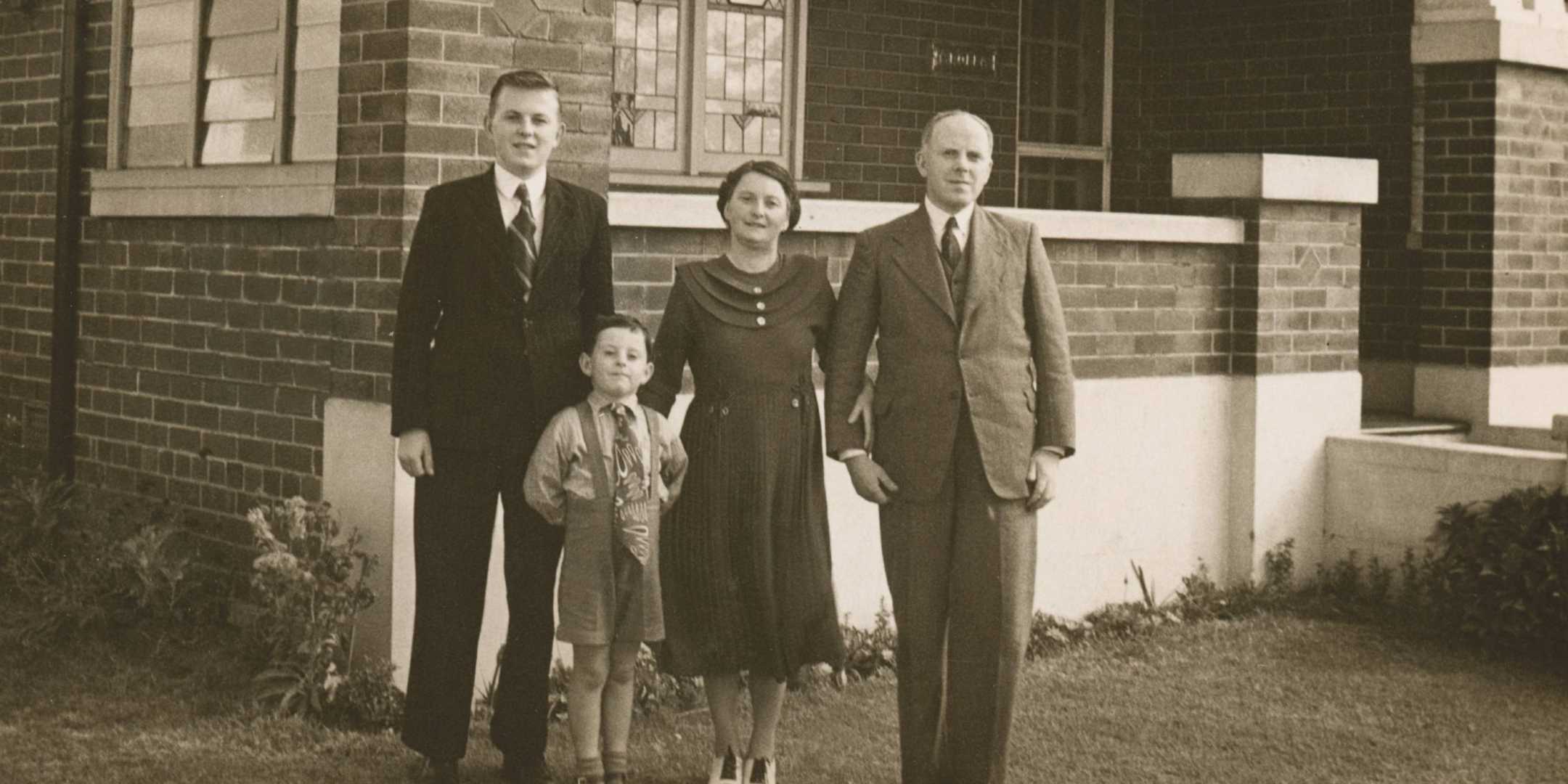
28 Aug 2020
Fruits of faith: Finding a place to call home
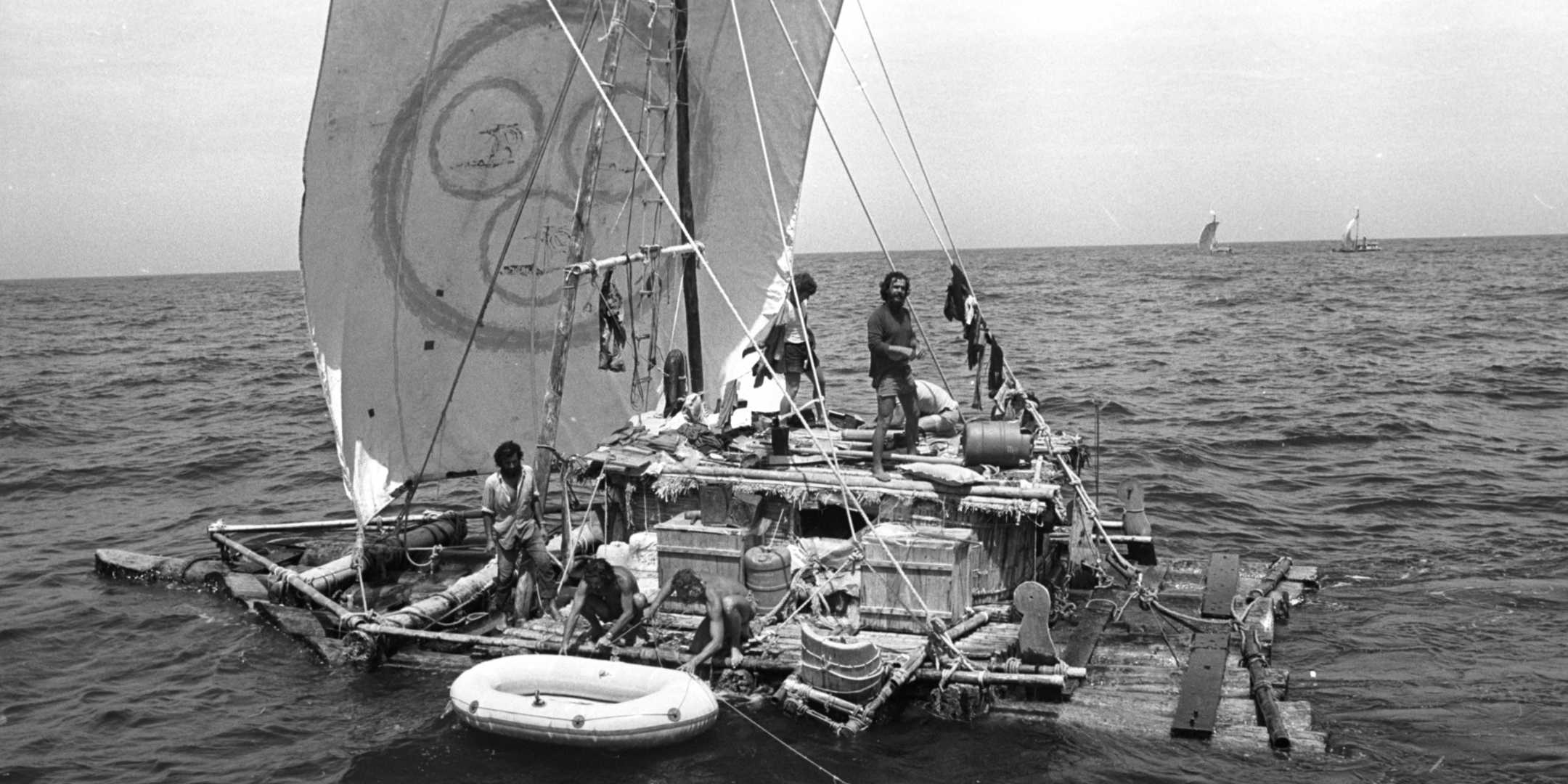
16 Jul 2020
Las Balsas: The world's longest raft journey
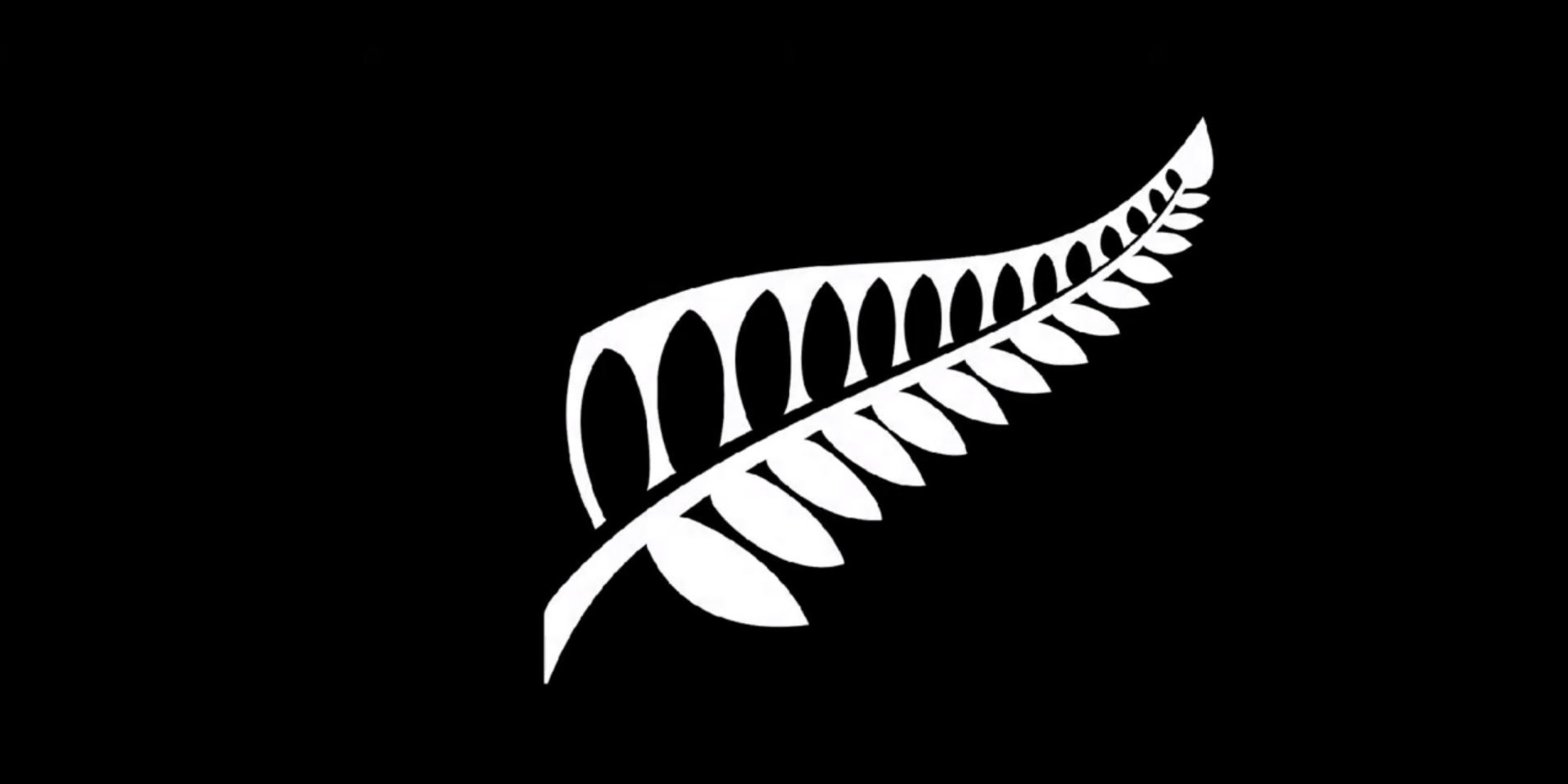
16 Mar 2020
Recognising the first anniversary of the Christchurch mosque attacks

FREE SHIPPING on all orders over $150 within Australia
National Monument to Migration
Australia's National Monument to Migration (previously known as 'Welcome Wall'), honours and celebrates all who have migrated from around the world to live in Australia. The Museum collects the stories of migrants to Australia and the Wall is one of our most important and visible ways of recognising the people behind these stories. Over 35,000 names already appear on bronze panels that are joined together and run down the northern promenade of the museum, facing Pyrmont Bay.

National Monument to Migration Donation - Lebanese Panel
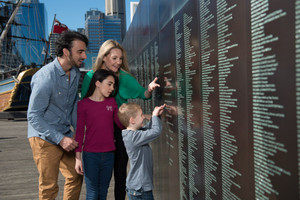
National Monument to Migration Donation
Welcome to the National Monument to Migration at the Australian National Maritime Museum. This monument is a testament to Australia's rich multicultural heritage, honouring and celebrating all who have migrated from around the world to live in Australia. The monument, also known as the 'Welcome Wall', is a physical embodiment of the diverse stories of migrants who have made Australia their home.
The National Monument to Migration is a significant part of the Australian National Maritime Museum. It serves as a visible reminder of the people behind the migration stories that the Museum collects and shares. The monument features over 35,000 names inscribed on bronze panels that run down the northern promenade of the museum, facing Pyrmont Bay. Each name represents a unique journey, a story of hope, courage, and resilience. The monument is not just a tribute to the past; it is a living testament to the ongoing story of migration in Australia. It continues to grow as more and more names are added, each unveiling a new chapter in Australia's multicultural narrative. The monument is a place of reflection, a place where families can come to trace their roots and where visitors can gain a deeper understanding of Australia's multicultural identity.
The National Monument to Migration is more than just a list of names. It is a story of Australia, a story of people who, despite being from different backgrounds and cultures, have one thing in common - they all chose to make Australia their home. It is a story that continues to unfold, as new migrants arrive and add their names to the monument, contributing to the rich tapestry of Australia's multicultural society. By visiting the National Monument to Migration, you are not just witnessing a piece of history; you are becoming a part of it. You are joining a community that celebrates diversity, recognises the contributions of migrants, and honours the journey they undertook to start a new life in Australia. So, come and explore the National Monument to Migration and discover the stories that make up Australia's multicultural heritage.
How to enter your inscription. You do not enter your inscription here. Once your donation has been made you will receive an email with the link to your inscription. If you do not receive your email link or would like assistance please call 02 9298 3777 during office hours or email [email protected]
Newsletter Signup
- What's on
- Catalogue Information collections Queensland Family history First Nations Art and design Caring for our collections Research
- Using the library Membership Ask a librarian Borrow and request Computers and internet Print, copy and scan Book spaces and equipment Justice of the Peace Venue hire GRAIL
- Getting here Opening hours Spaces Maps by level Food and facilities Access and inclusion
- First 5 Forever
- Awards and fellowships Caring for your collections Contribute to collections Donate Volunteer
- Contact us Corporate information Interim Truth and Treaty Body Jobs and employment News and media Partnerships and collaborations Pay an invoice
The Immigrant's Journey to Australia
By JOL Admin | 8 August 2009
The John Oxley Library collection includes an extensive range of material relating to immigration and ships, particularly 19th century immigration vessels associated with the history of Queensland.
The collection consists of photographs, newspaper cuttings, published histories, shipboard newspapers, immigration records and original shipboard diaries. Original materials are listed on the State Library's One Search catalogue at: http://onesearch.slq.qld.gov.au/ .
Try typing "William Smith" into Manuscripts Queensland and see an example of one of these diaries that has been fully digitised from an 1864 voyage to Australia on the ship "Young Australia".
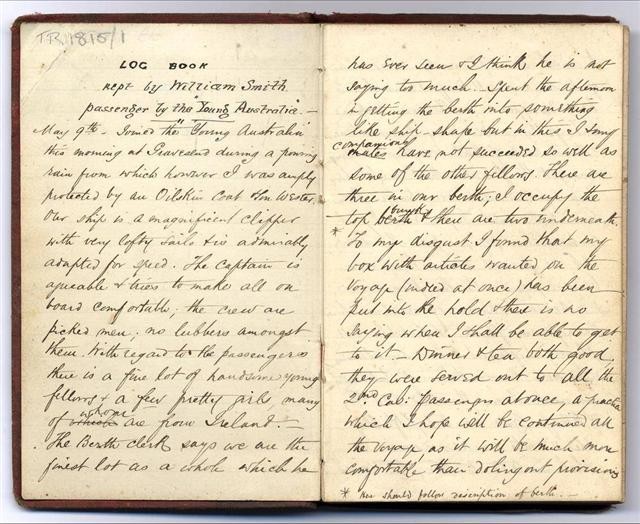
You can also type the words "Young Australia" into our Onesearch catalogue to discover photographs of the ship and published accounts of this particular voyage: http://onesearch.slq.qld.gov.au/action/search.do?vid=SLQ&reset_config=true
On Friday 7 August a seminar including speakers from the Queensland State Archives and the State Library of Queensland's Reference Library and John Oxley Library was held in auditorium 1 at the State Library of Queensland.
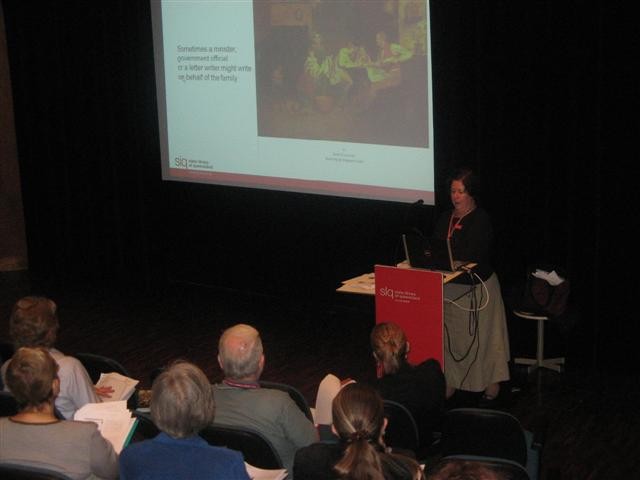
Senior Family History Librarian Stephanie Ryan provided an excellent overview of the resources held in the State Reference Library and focused on why people decided to start a new life in Australia and what it was like on the voyage out. Information Guides such as Immigration and Shipping: getting started and Immigration and Shipping: more than lists are available on the State Library's website at: /research-collections/family-history/family-history-research-guides
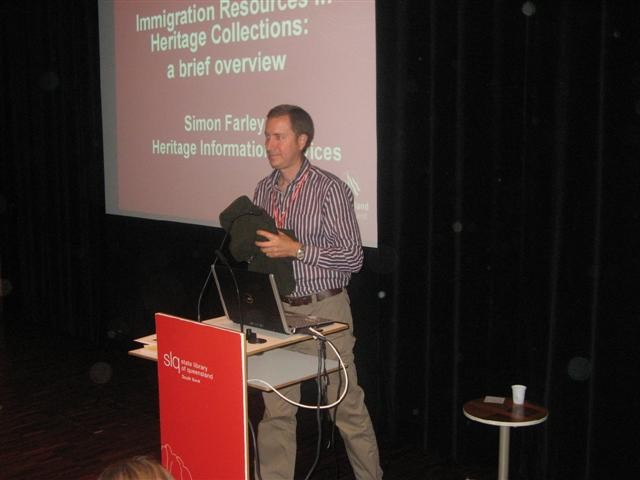
Simon Farley highlighted the rich array of resources held in the John Oxley Library collection including original shipboard journals, shipping registers, and hundreds of photographs of ships and immigrants. The audience were interested to hear excerpts from a number of these original diaries.
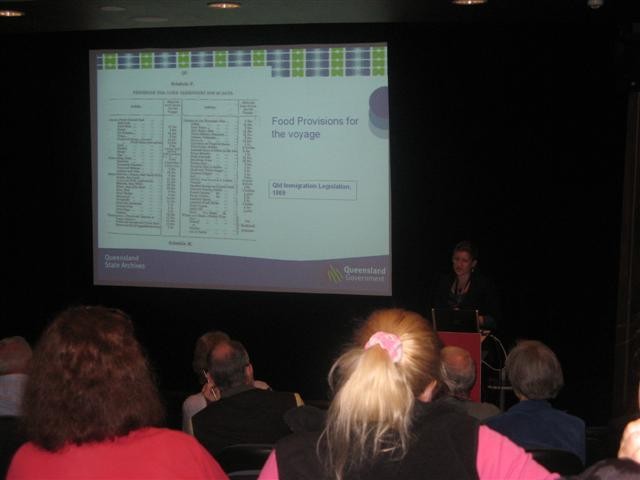
Louise Howard from the Queensland State Archives concentrated on the fascinating public records held at QSA including immigrant's files, photographs of new arrivals while at the immigration depot, and letters to government authorities relating to conditions on board ship during voyages to Queensland. The State Archives have a Brief Guide on this topic at: http://www.archives.qld.gov.au/downloads/BriefGuides/BG16Immigration.pdf .
Many thanks to the presenters and all who attended this interesting seminar.
Your email address will not be published.
We welcome relevant, respectful comments.

IMAGES
COMMENTS
Immigration is a vital feature of Australia's history and national identity. Since 1788, millions have made the long journey across the oceans to Australia seeking fortune, opportunity and freedom. They came by clipper, steamer and liner until the aeroplane became established as the main means of long distance travel in the 1970s.
Home of the Immigration Museum, e xplore the rich history of one of Melbourne's most important 19th century public buildings. Journeys to Australia. Immigration is a vital feature of Australia's history and national identity. Celebrate the journeys that changed Australia forever.
Journeys to Australia. Immigration is a vital feature of Australia's history and national identity. Explore the journey through immigrants' stories; discover the changing routes and travelling conditions, and find out what departure and arrival meant for those seeking a home in this distant land. View this resource. Explore Australia's ...
First Peoples are advised that this site may contain voices, images, and names of people now passed and content of cultural significance. Immigration Museum, in the historic Old Customs House, Melbourne, engages visitors with the history and experiences of immigration and cultural diversity that have contributed to shaping modern Australia.
There is a great deal of information on immigration and shipping available online. This small selection of resources is a taste of the kind of information available. Australian National Maritime Museum 2 Murray Street Darling Harbour NSW 2009 GPO Box 5131 Sydney NSW 2001 Australia. Telephone 61 2 9298 3777 fax 61 2 9298 3780.
Immigration Museum. Opened in 1998, the Immigration Museum is filled with the real stories of people who have journeyed from all over the world to make Australia their home. Over two floors of exhibition galleries, the museum explores why people have migrated to Melbourne, how they got here, what they found, and the mark they made on the city.
Immigration Museum. Add to favourites. 400 Flinders Street, Melbourne, Victoria, 3000. + 1 photos. Melbourne's Immigration Museum presents a thought-provoking experience filled with stories that are sometimes sad, sometimes funny, but always compelling. And somewhere within, you'll find your own story. In 1998, Immigration Museum opened in ...
The Immigration Museum focuses on Melbourne and Victoria's immigration history and celebrates the diversity of the community through shared storytelling. Located on Flinders Street in Melbourne, Victoria in the Old Customs House, the heritage building was a reflection of vastly expanded trade and soaring revenue from the goldrush.
Set within the opulent Long Room, which features giant colonnades modelled after the Erechtheion temple in Athens, high ceilings and hand-laid tessellated tiles, Journeys of a Lifetime is one of the museum's permanent exhibitions. The room features a 17-metre replica ship which provides visitors with an insight into the living conditions at sea faced by the many immigrants who travelled to ...
The story of Australia is the story of immigration. Museums in Melbourne and Adelaide and galleries elsewhere, like the Horizons gallery in the National Museum of Australia, have told two parts of the story: the convict period (1788-1868) and postwar European migration (1947-1975).
A museum about immigration is such a lovely concept. So fitting to Australia, a country of immigrants. The displays really take you through the journey of immigration to Australia, starting with the first peoples of the land, early British settlers, through to the more diverse inflow of people that Australia has seen.
The Immigration Museum uses voices, images and memorabilia to tell the many stories of Australian immigration. It's symbolically housed in the old Customs House and the restored 1876 building alone is worth a visit: the Long Room is a magnificent piece of Italian Renaissance-revival architecture. Keep an eye out for workshops and special ...
The Immigration Museum explores the stories of real people from all over the world who have migrated to Victoria. Located in the Old Customs House in the heart of the city, the museum re-creates the real-life stories of coming to Australia with a rich mix of moving images, personal and community voices, memories and memorabilia. From the ...
Immigration Museum. Explores the histories, stories and contemporary issues of Victoria's diverse communities, and what connects us all as humans. Through our rich collections, exhibitions, events, education programs and digital content, we explore themes of migration, identity, citizenship and community through multiple perspectives. We ...
From 1946 to 1960 the Australian population grew by an average of 2.7 per cent per year. While this was largely due to a postwar baby boom, migration contributed to more than a third of this growth, adding 1.2 million people to Australia's population and bringing the total population to about 10.3 million by 1960. George Megalogenis 0:13.
Migration. From across the sea - the museum's migration program explores our cultural heritage. The arrival of waves of more than ten million migrants by boat and plane is one of the major themes in Australia's history, and a foundation narrative of modern Australia, infusing our country with more than 200 different cultural and linguistic ...
If you do not receive your email link or would like assistance please call 02 9298 3777 during office hours or email [email protected]. Honour and celebrate migrants with the National Monument to Migration at the ANMM Store. Contribute to the recognition of their journey. Donate today!
The Immigration Museum first opened in Melbourne's Old Customs House in 1998. Its guiding principle is that there is an immigration experience in the life or family history of all non-Indigenous Australians. Museum facilities and activities include a discovery centre, community gallery, touring exhibitions and public and educational programs, including community festivals, exhibitions and many ...
Past Exhibition - Journeys of a Lifetime, Immigration Museum, 1998-2015. The Long Room provided from 1998-2015 a dramatic backdrop for the stylistic recreation of an enormous ship structure. The ship contained a series of set piece environments through which visitors could walk and become immersed in changing forms of shipboard travel over time.
Open 10am to 5pm daily. Included with museum entry. $0 to $15. More than 9 million people have migrated to Australia since 1788. Countless others have tried and failed. Since the 1800s, various immigration policies have dictated who gets in. This exhibition shows how and why our immigration policies have changed.
Shop educational gifts and toys at Museums Victoria Store. Keep little hands busy at home with museum puzzles, toys and activities. Build a solar system, excavate for dinosaurs, learn about the human body, or discover the secrets of the natural world in your own backyard. And for the big kids, we've got everything from slow puzzles to ...
The Immigrant's Journey to Australia. The John Oxley Library collection includes an extensive range of material relating to immigration and ships, particularly 19th century immigration vessels associated with the history of Queensland. The collection consists of photographs, newspaper cuttings, published histories, shipboard newspapers ...
Immigration is about us all - those who were here and those who came. Settling into a new country is not easy. Immigrants have to adapt to an unfamiliar environment and lifestyle, while maintaining aspects of their previous culture and way of life. Many newcomers to Victoria spent their new lives in limbo, spending months in temporary migrant ...